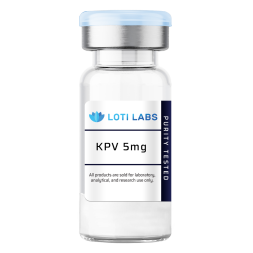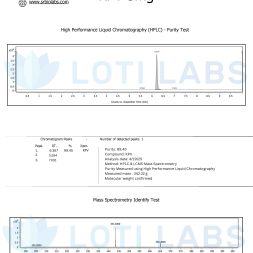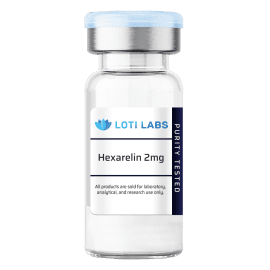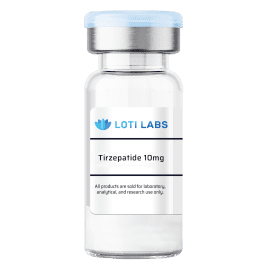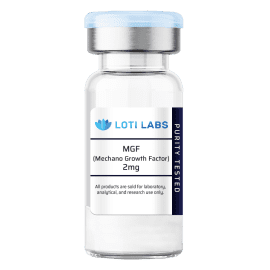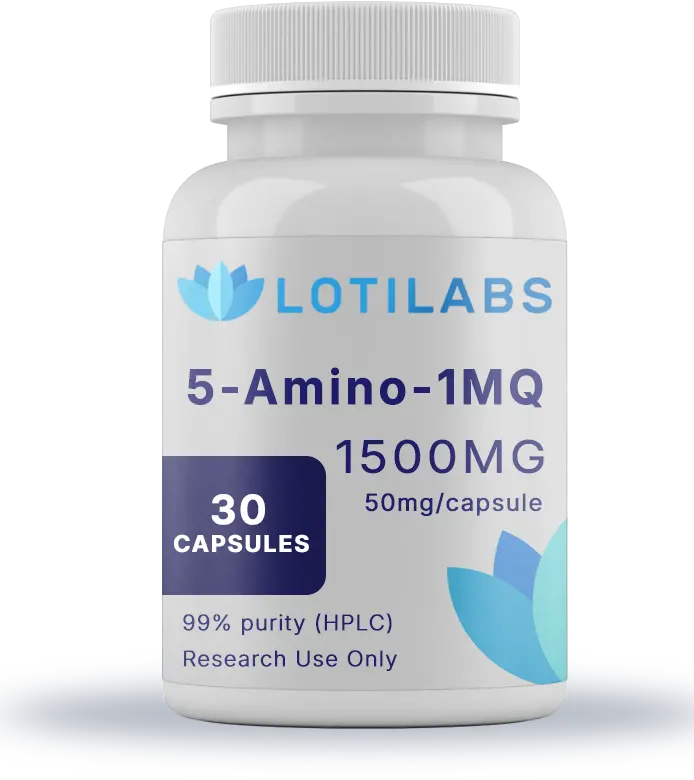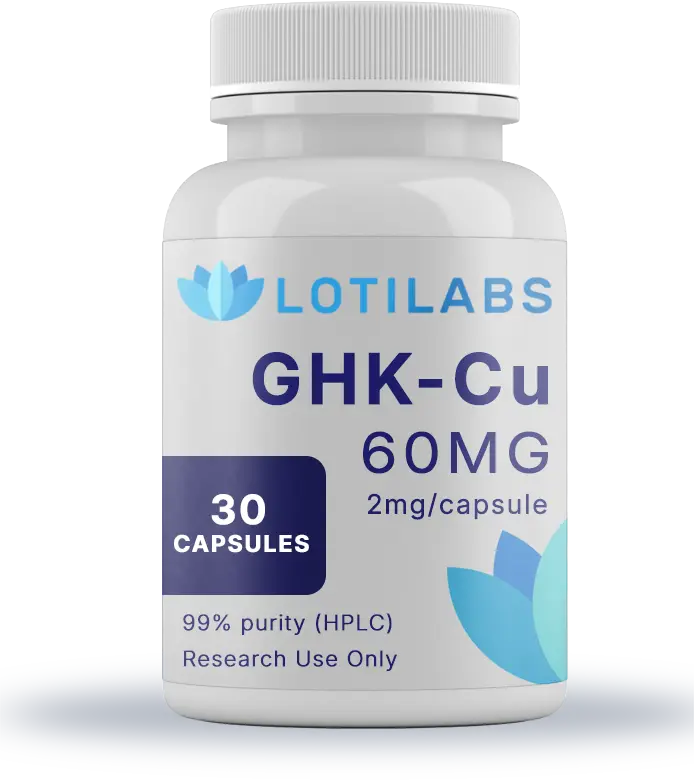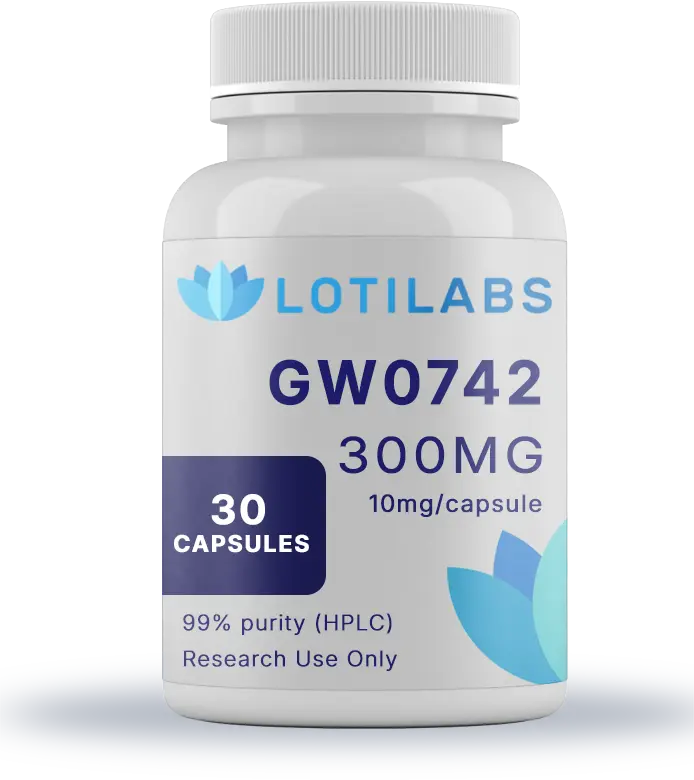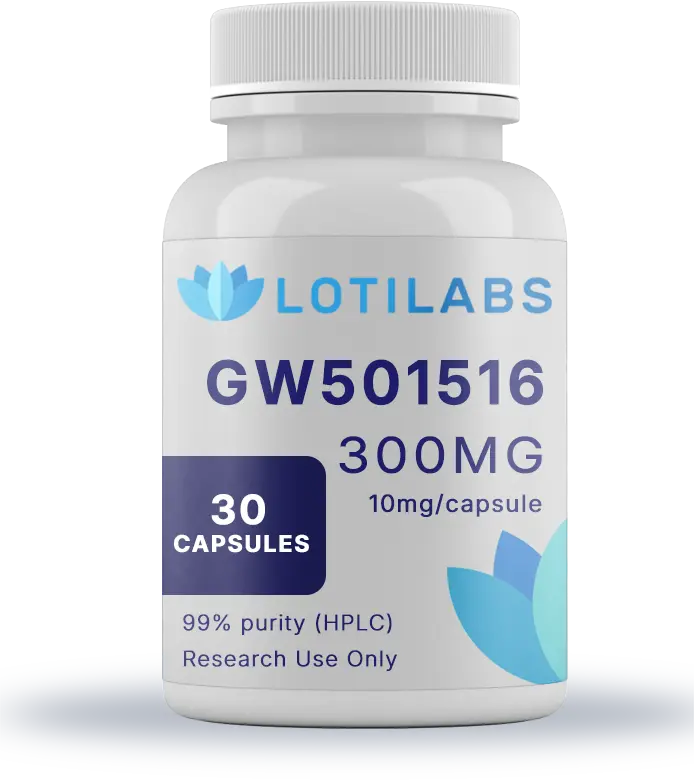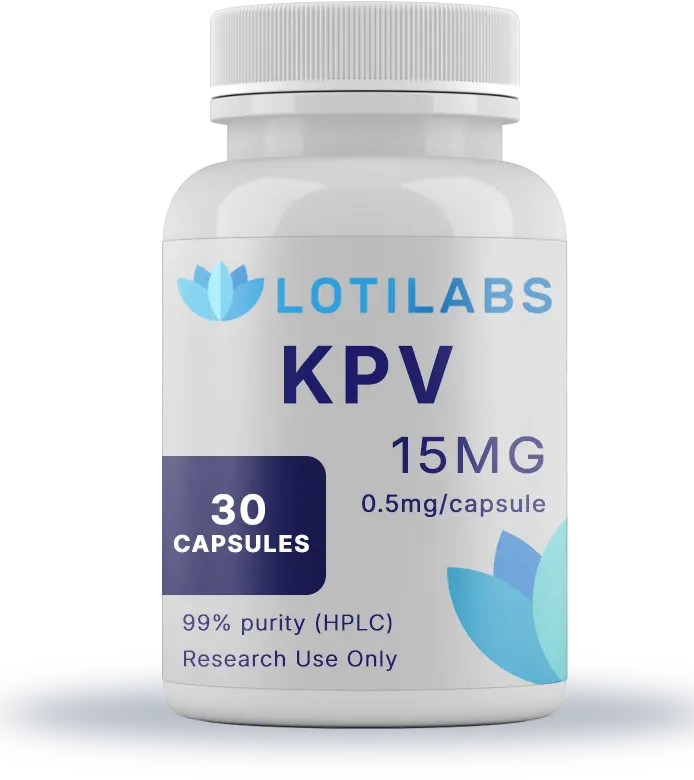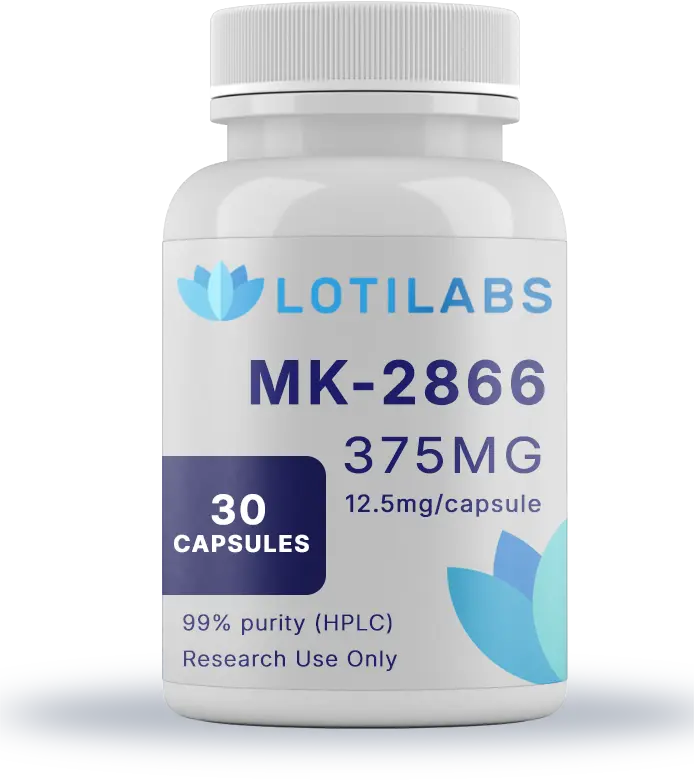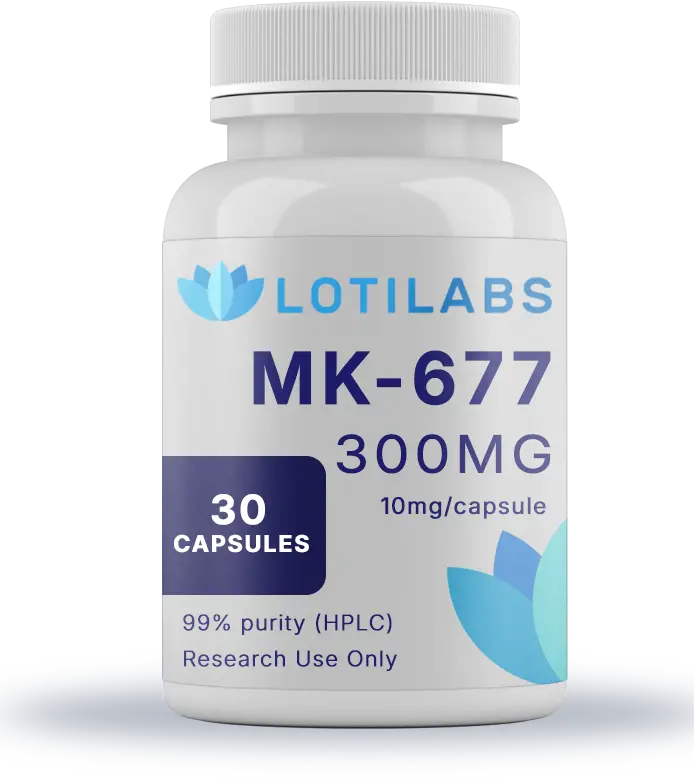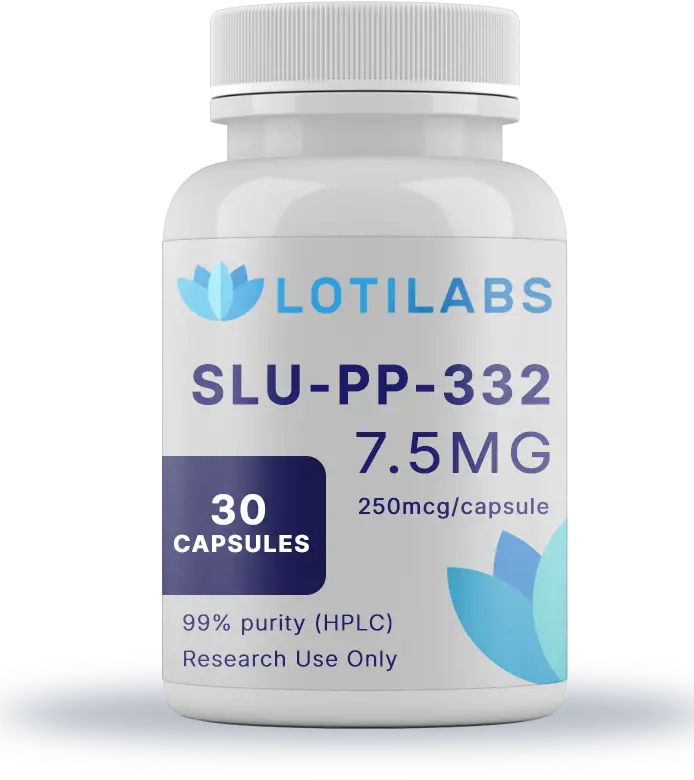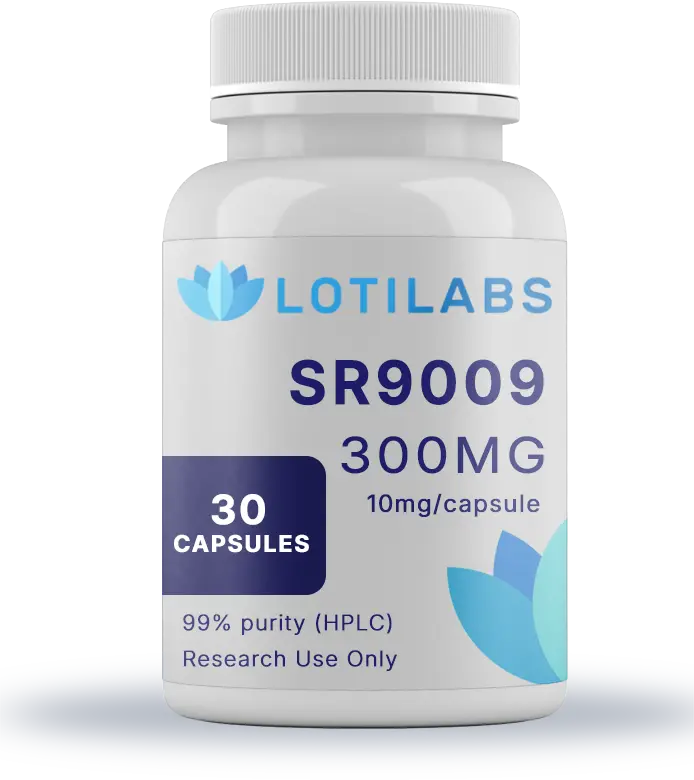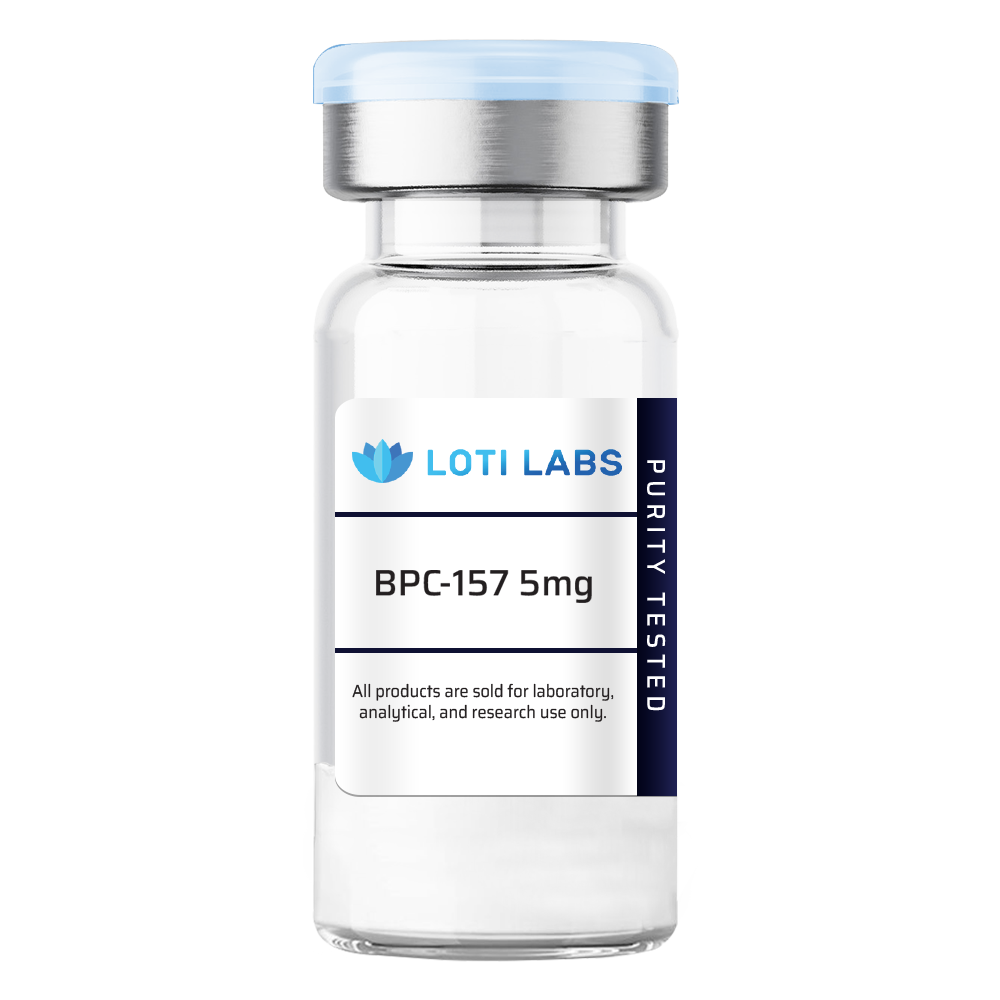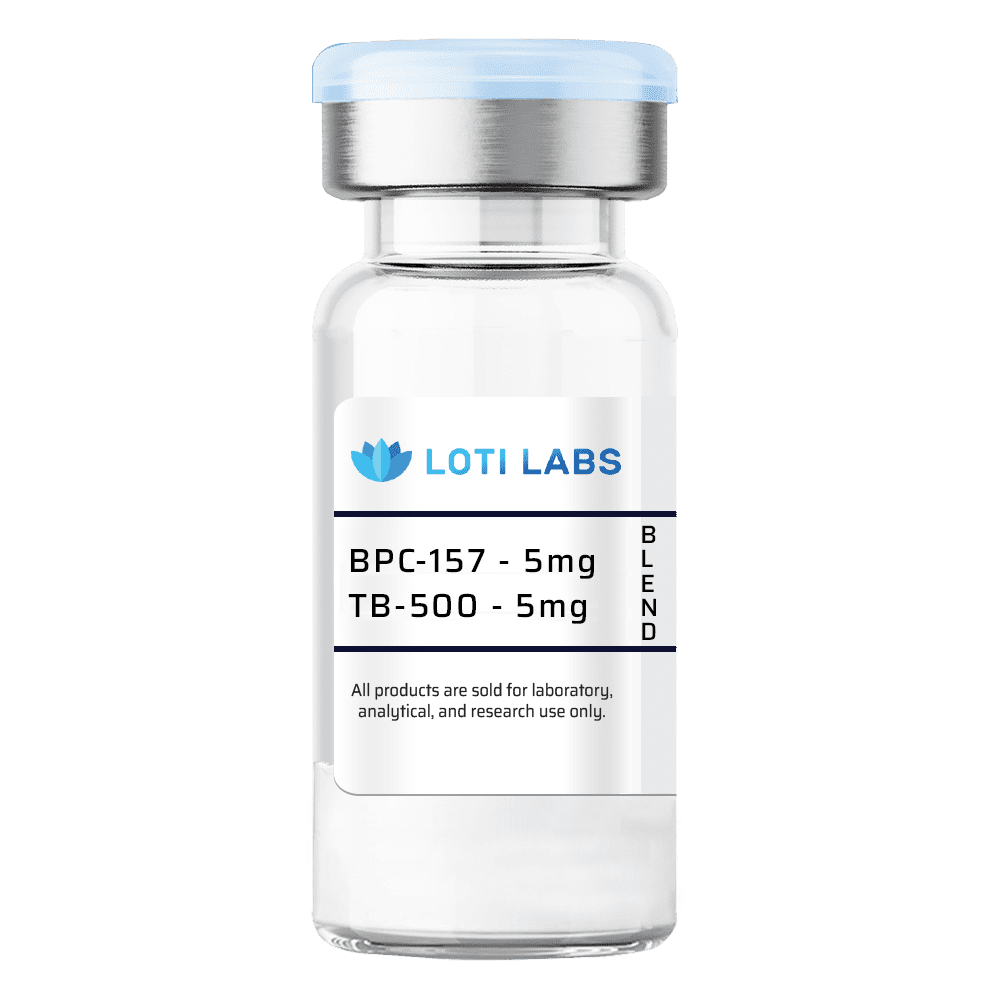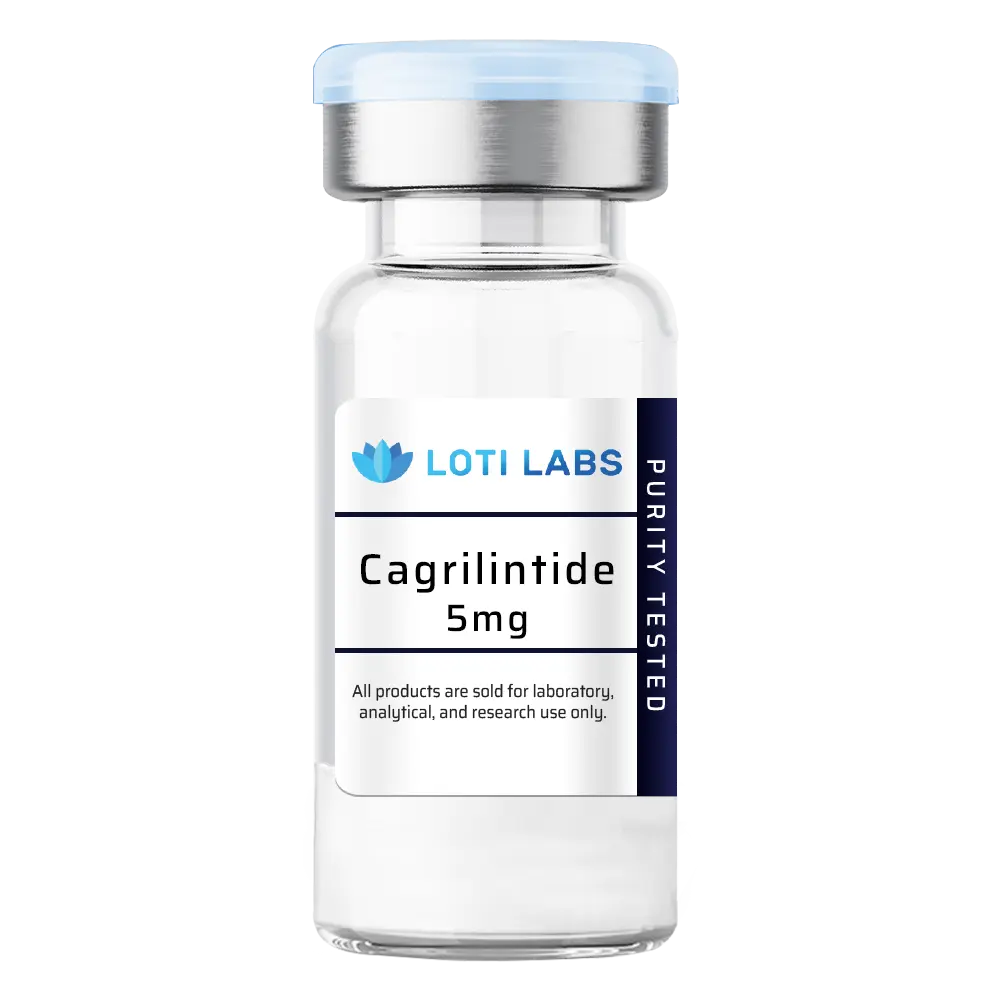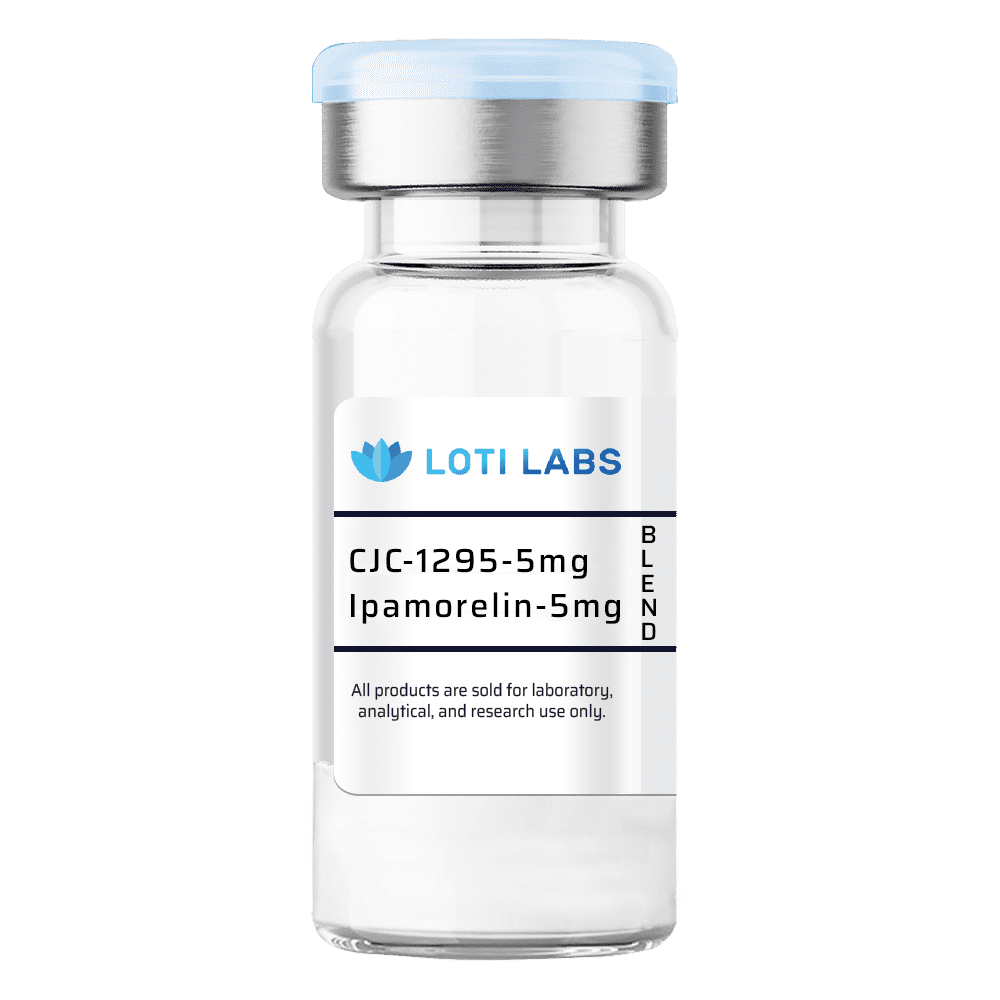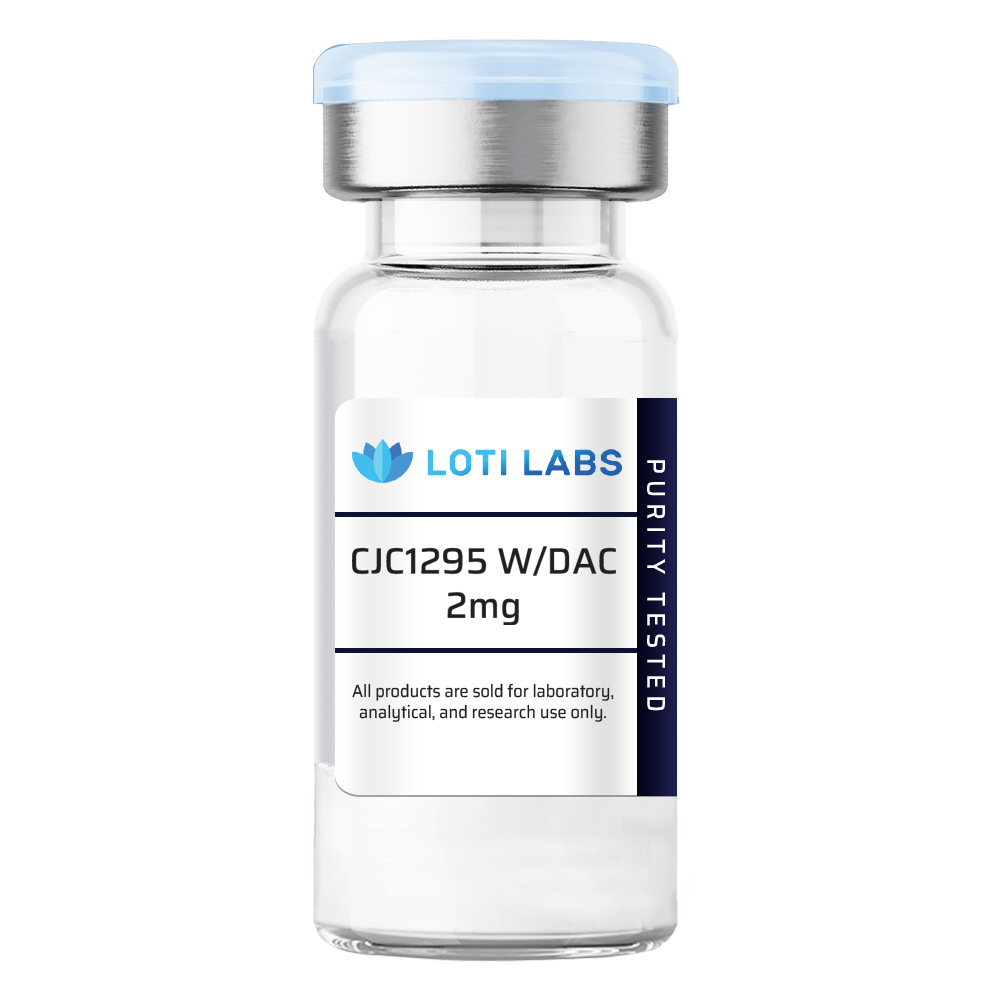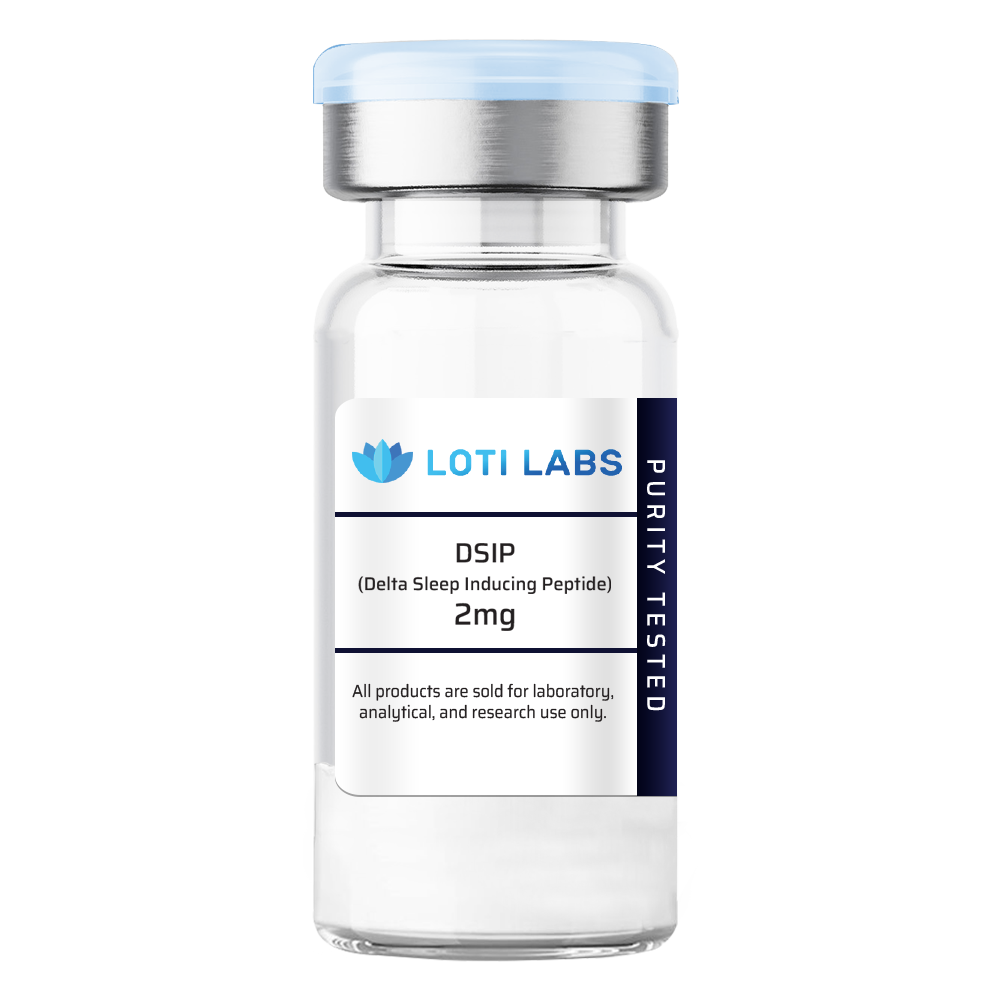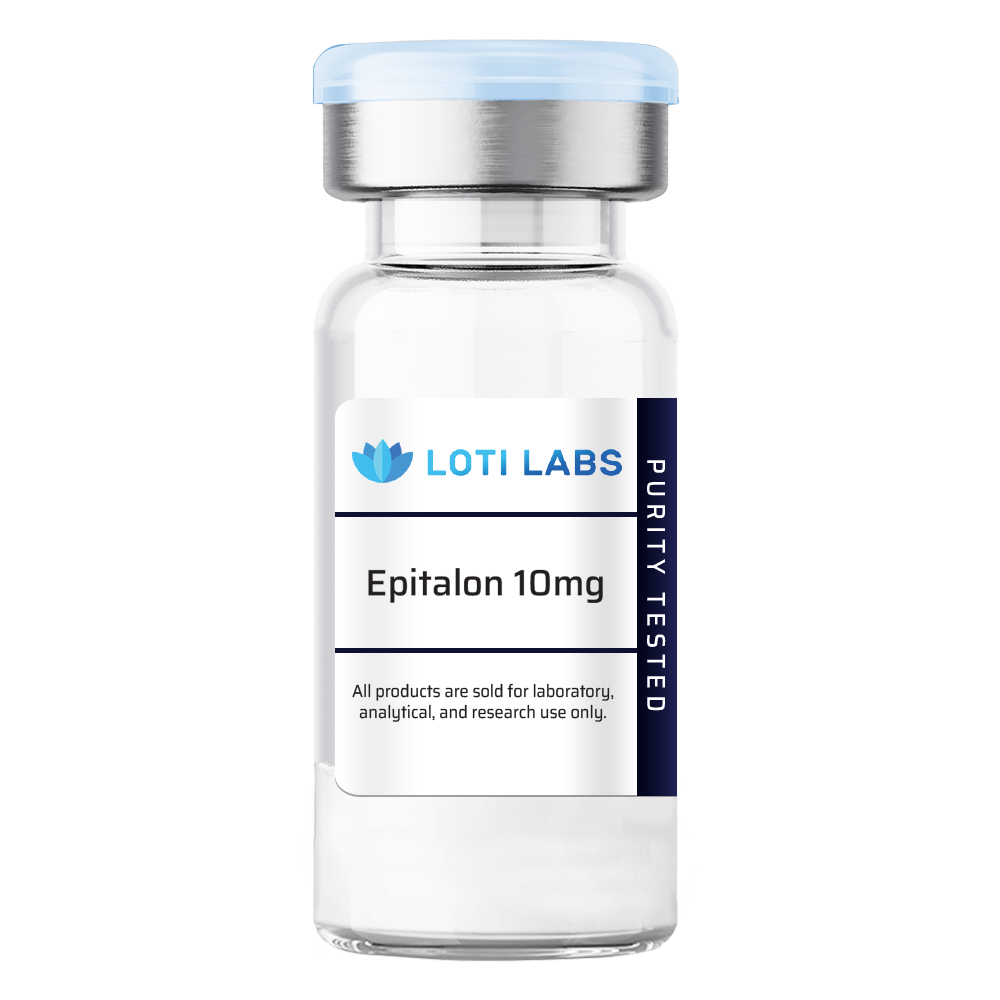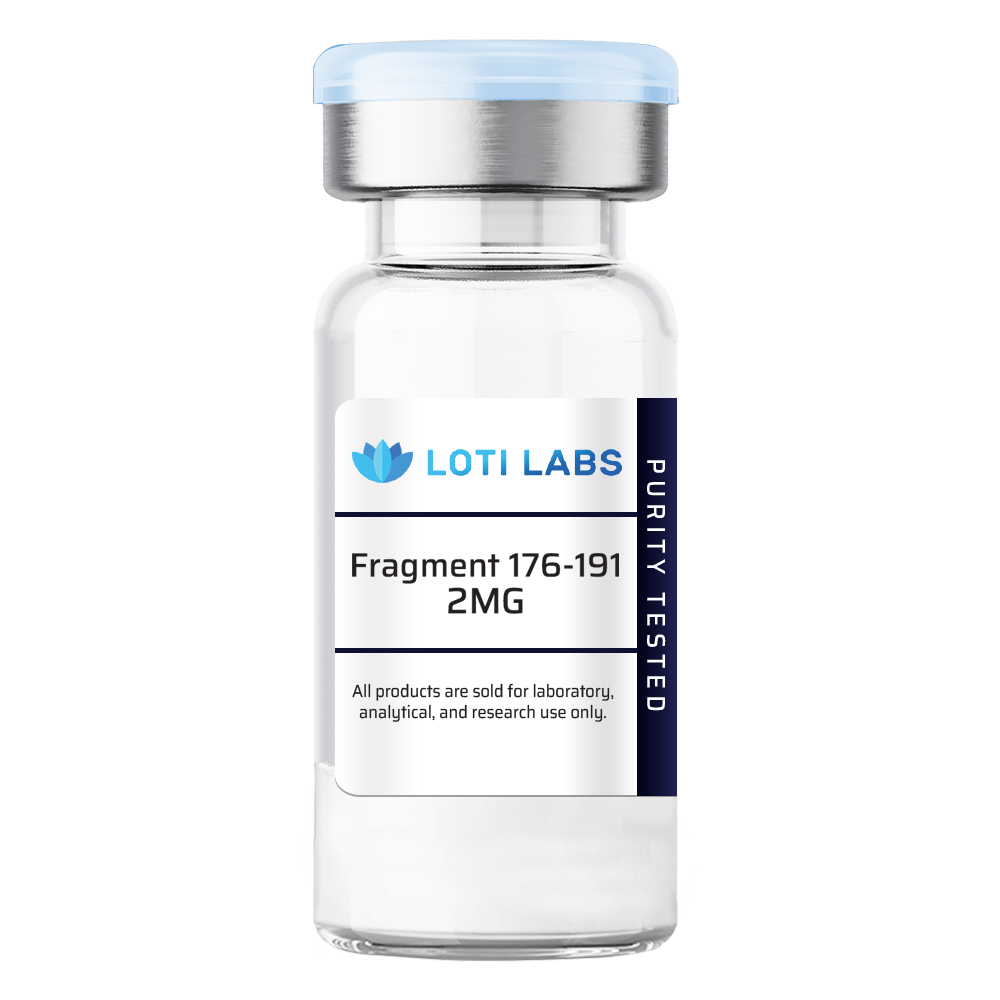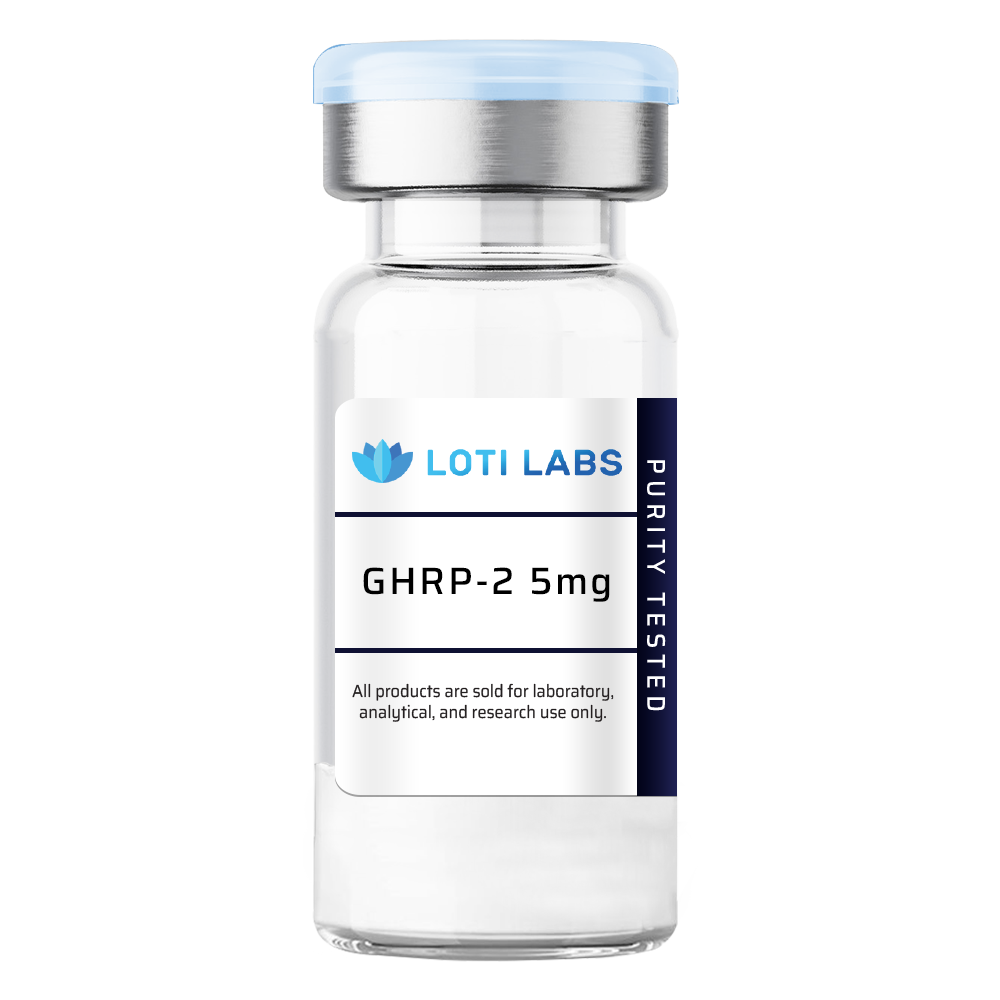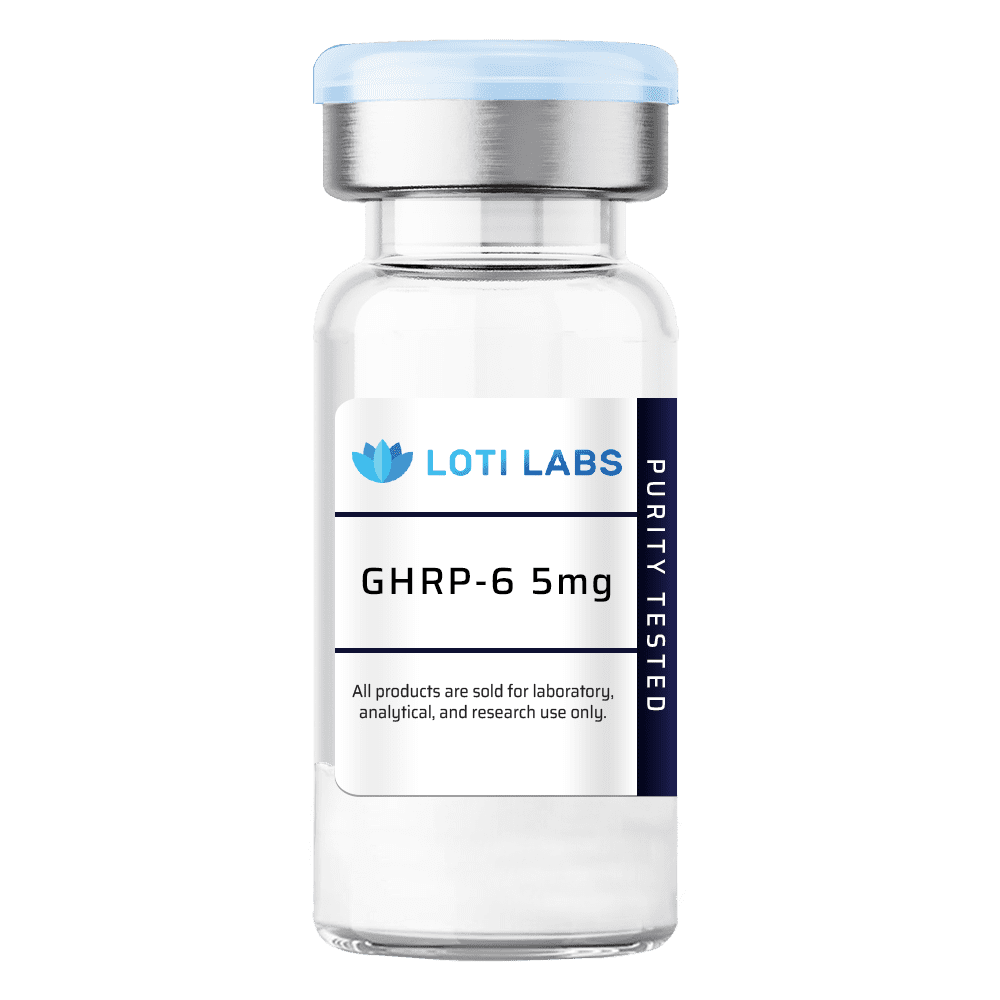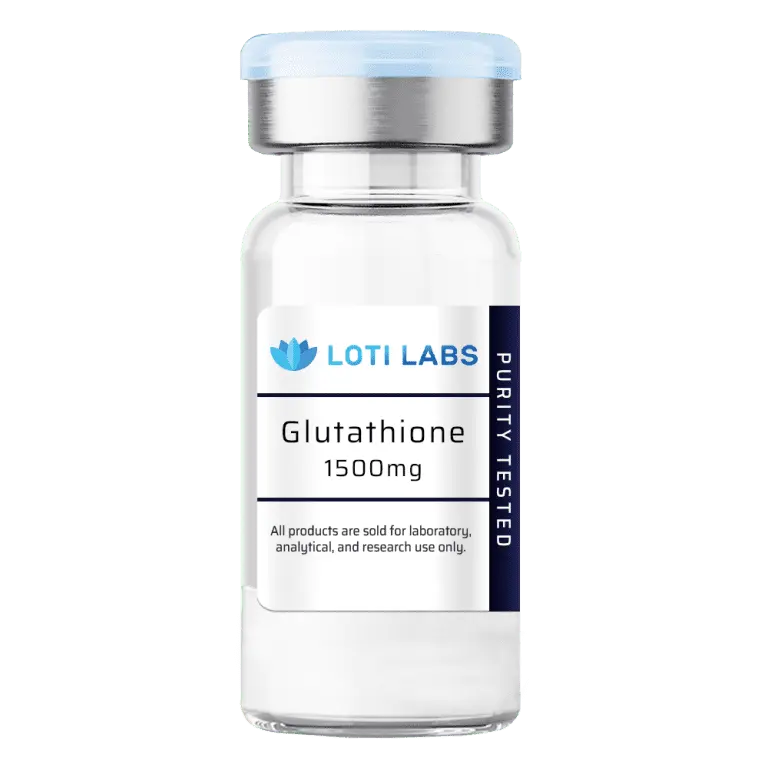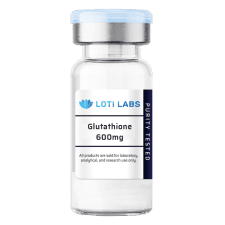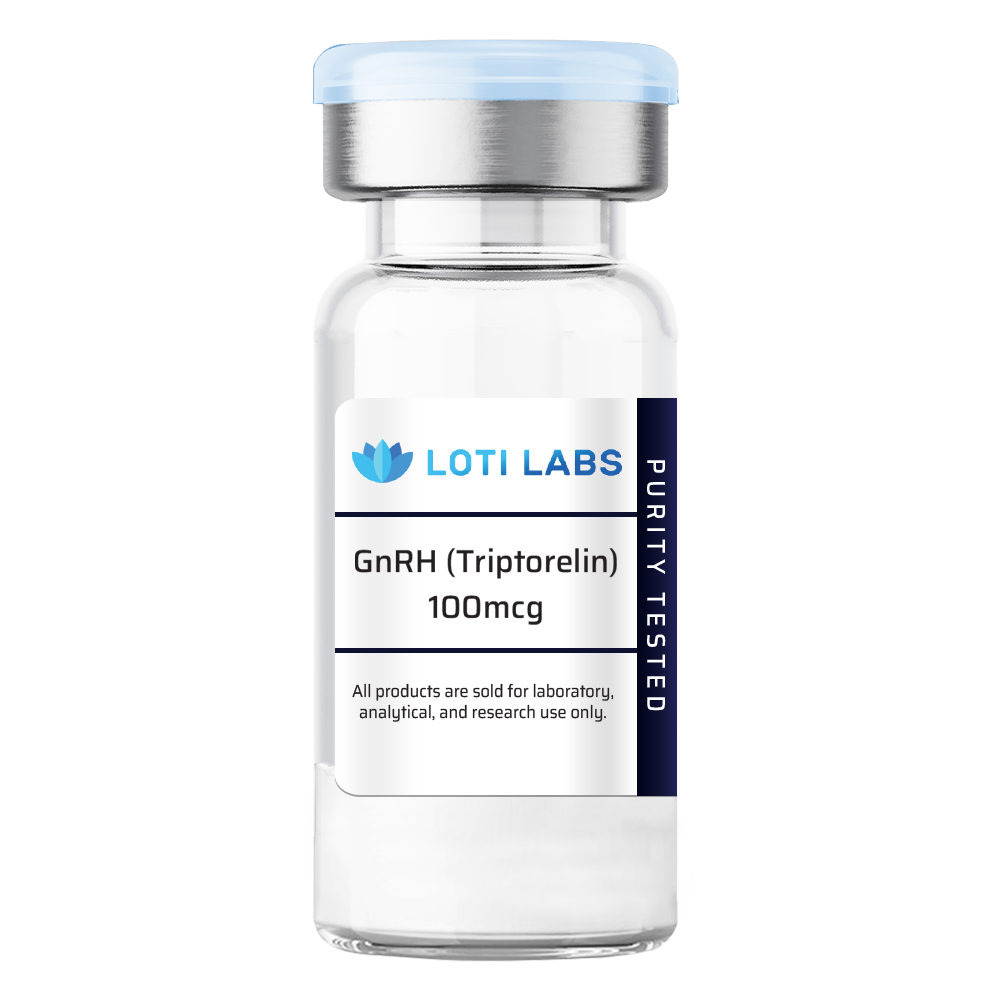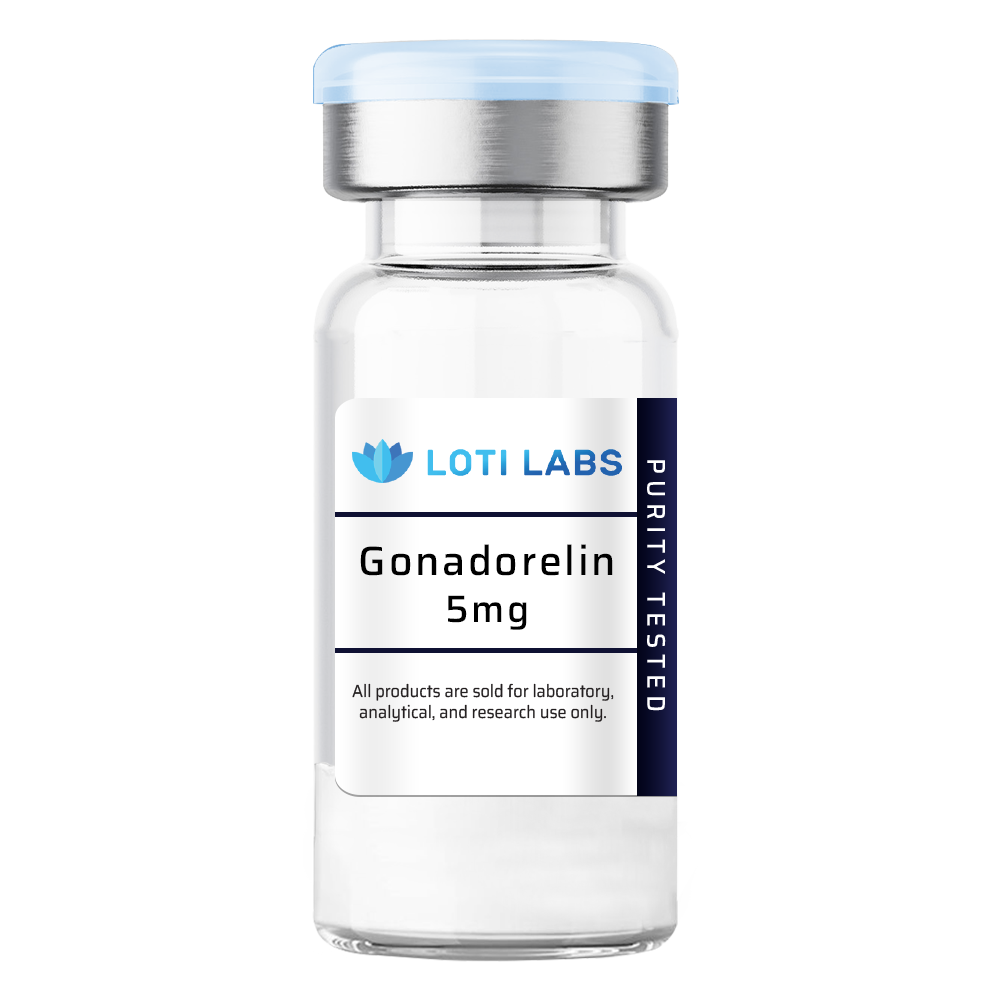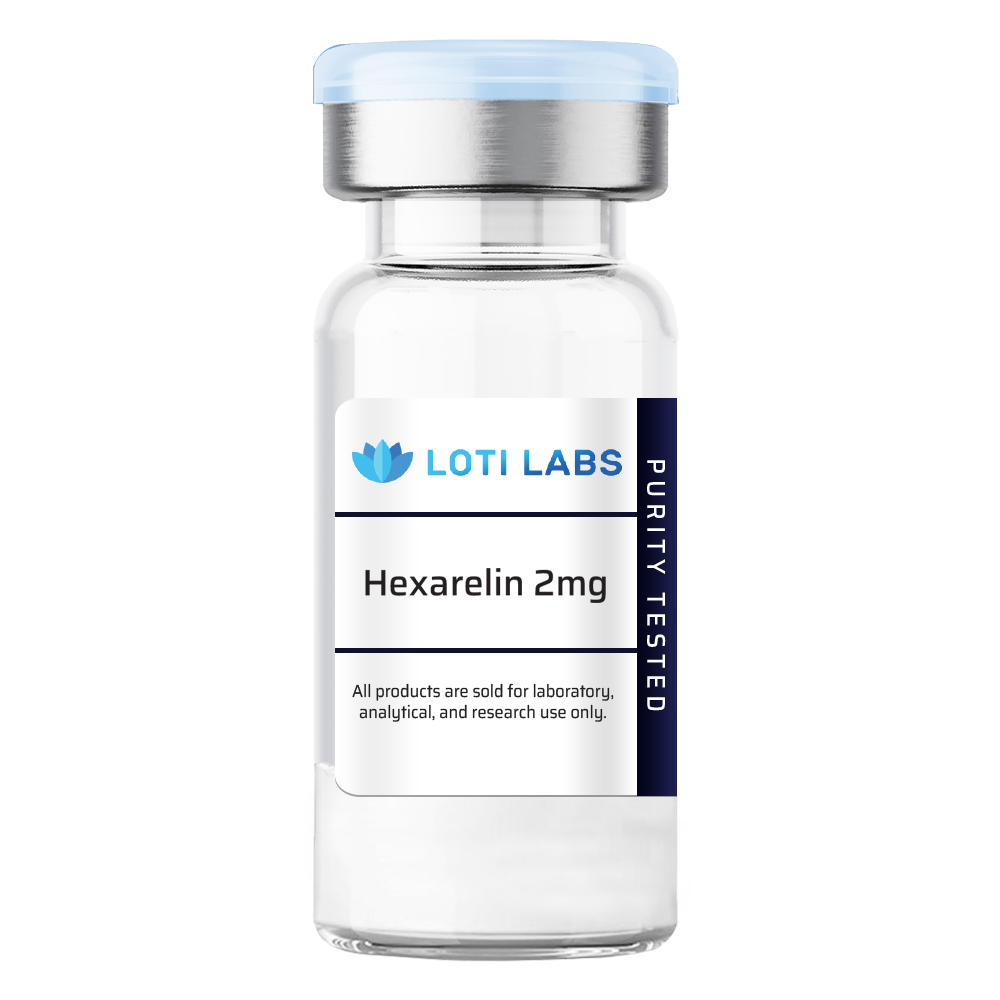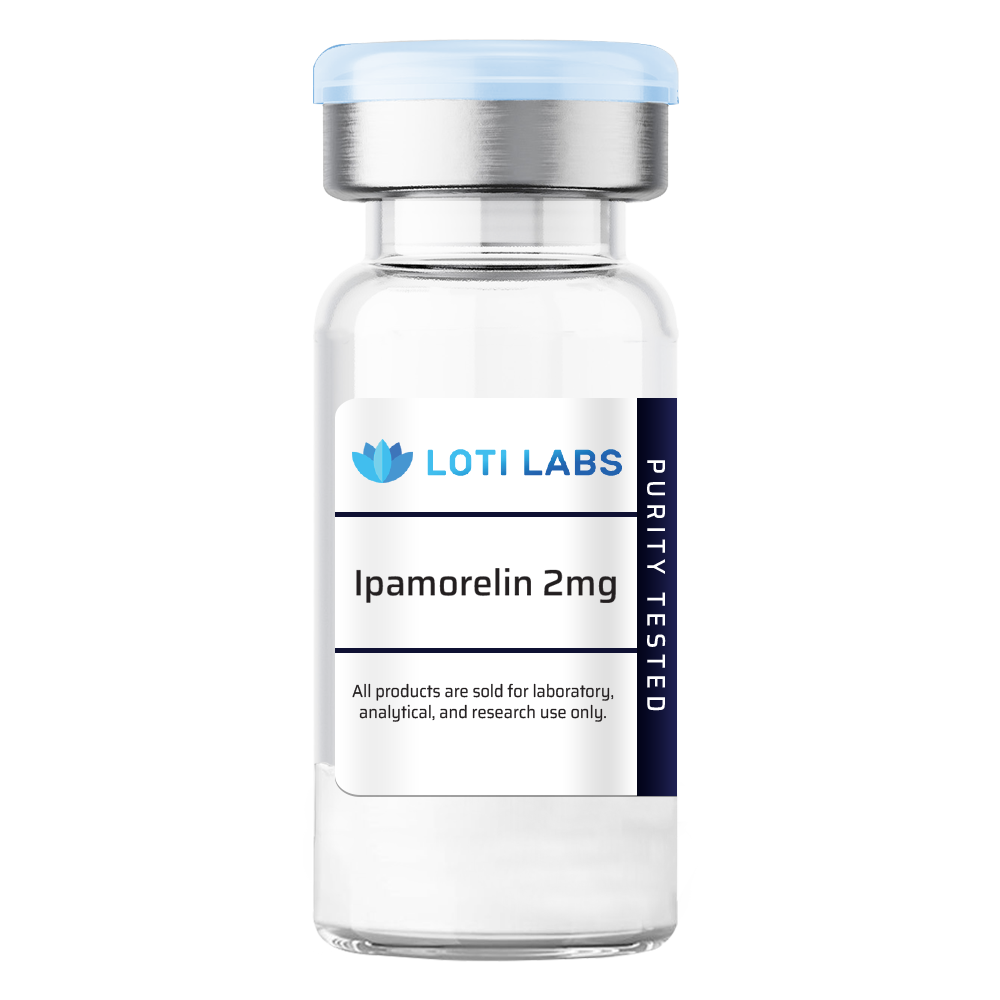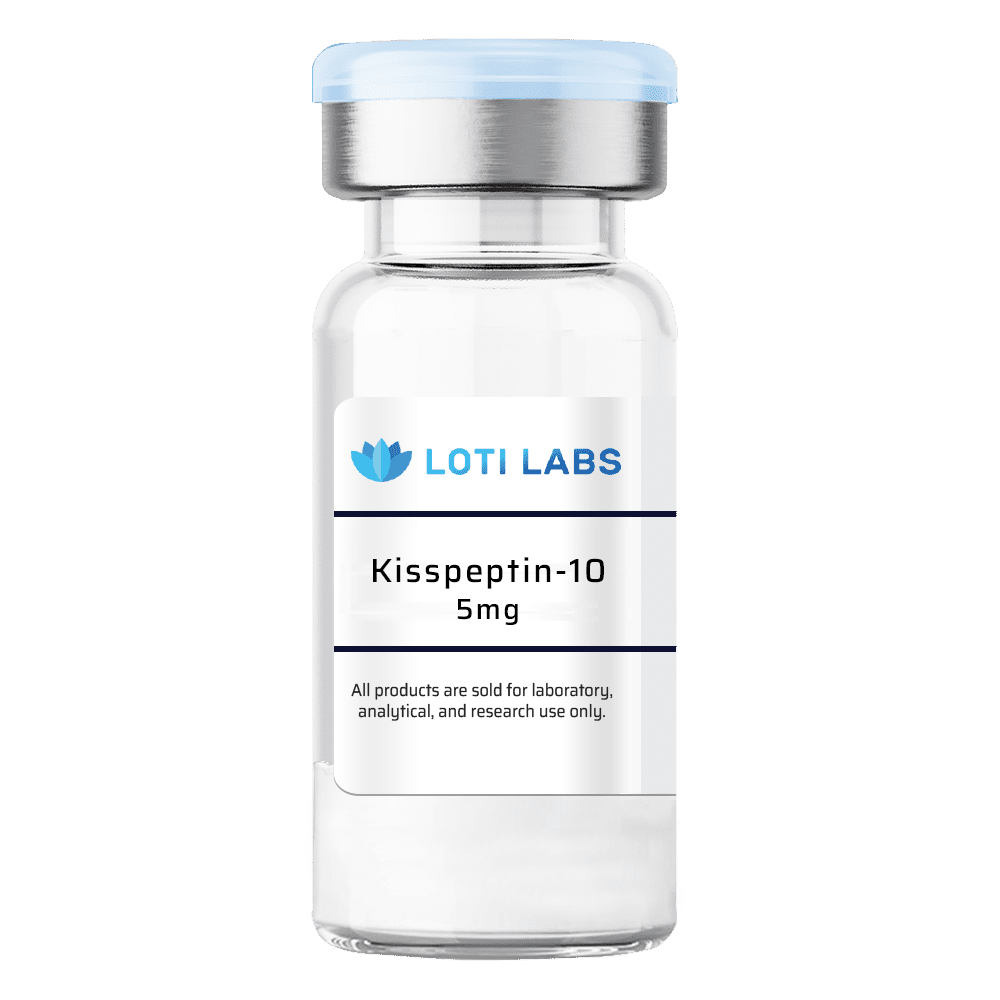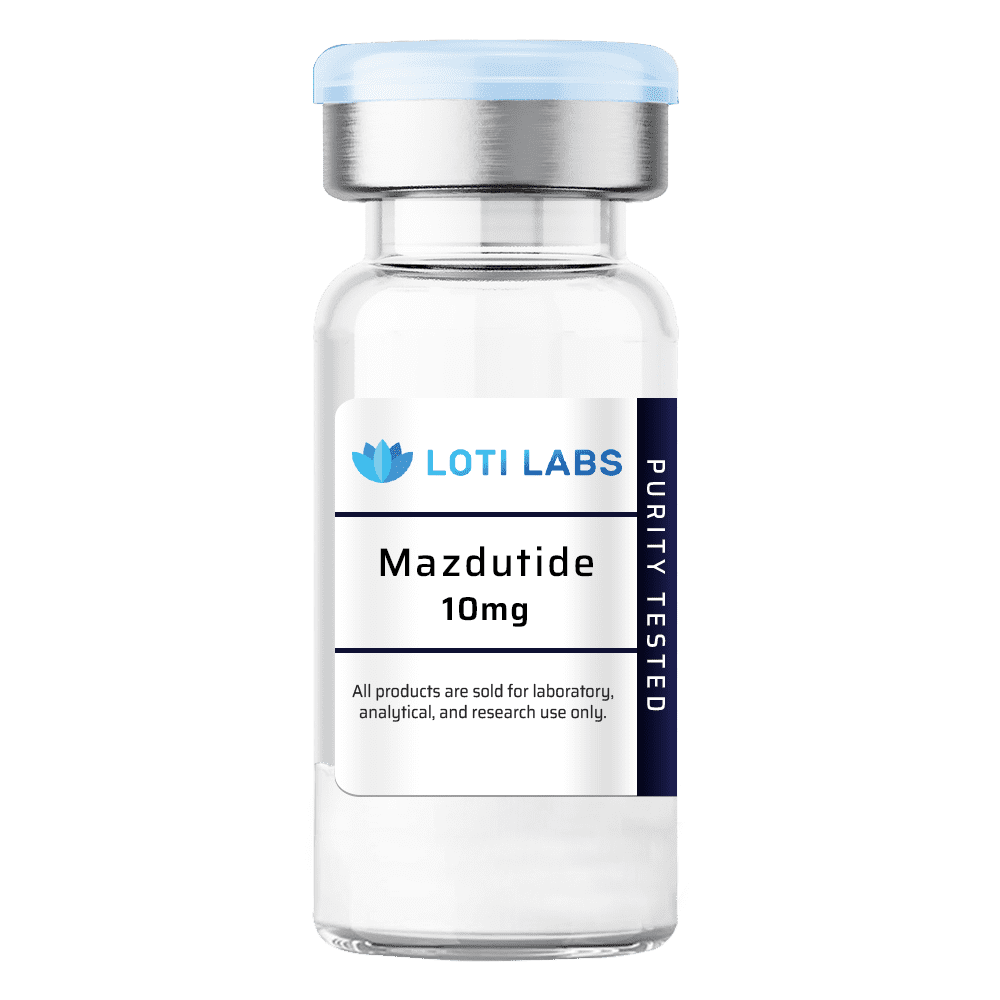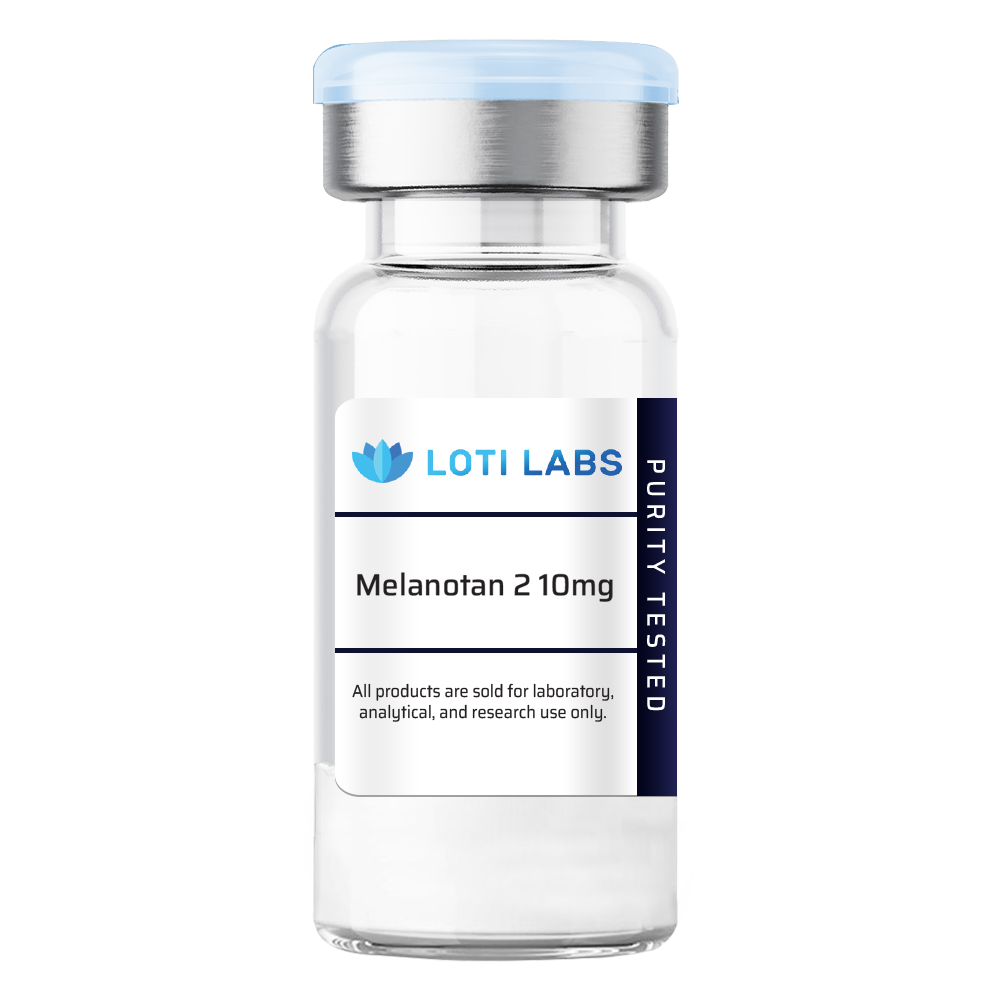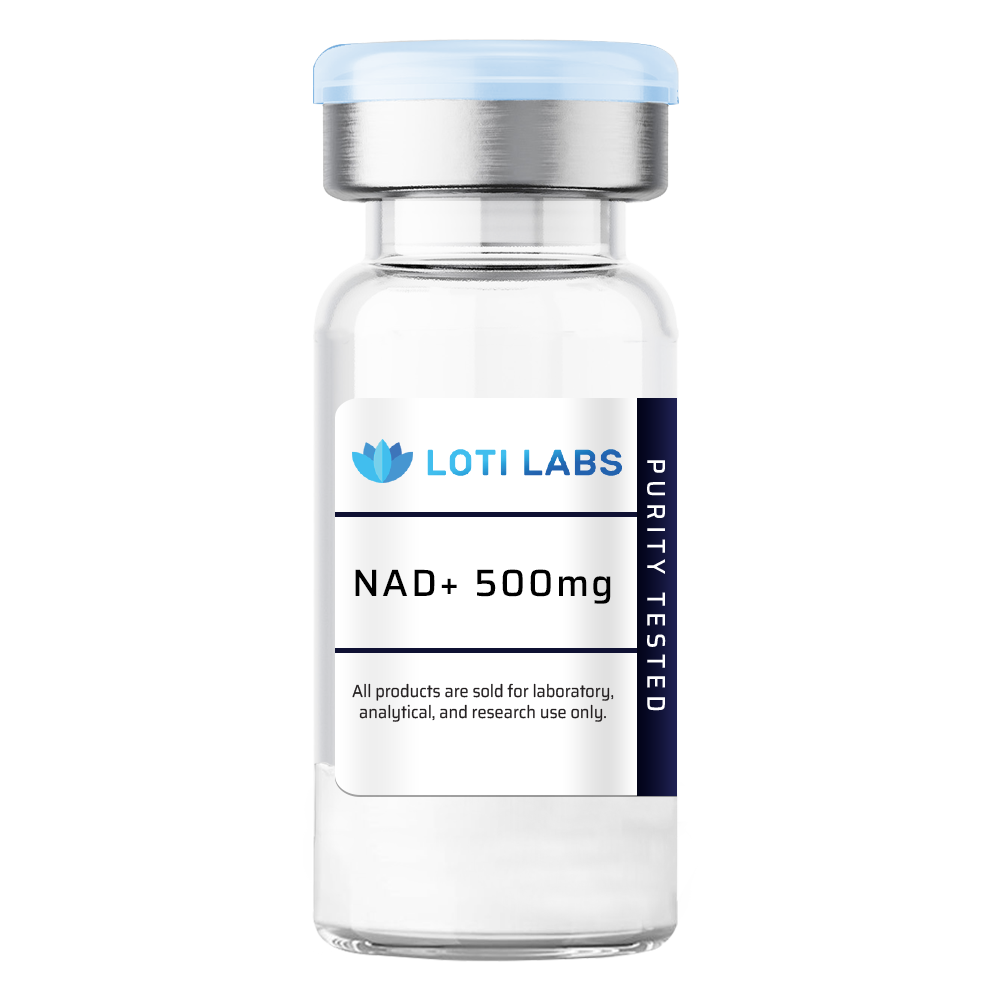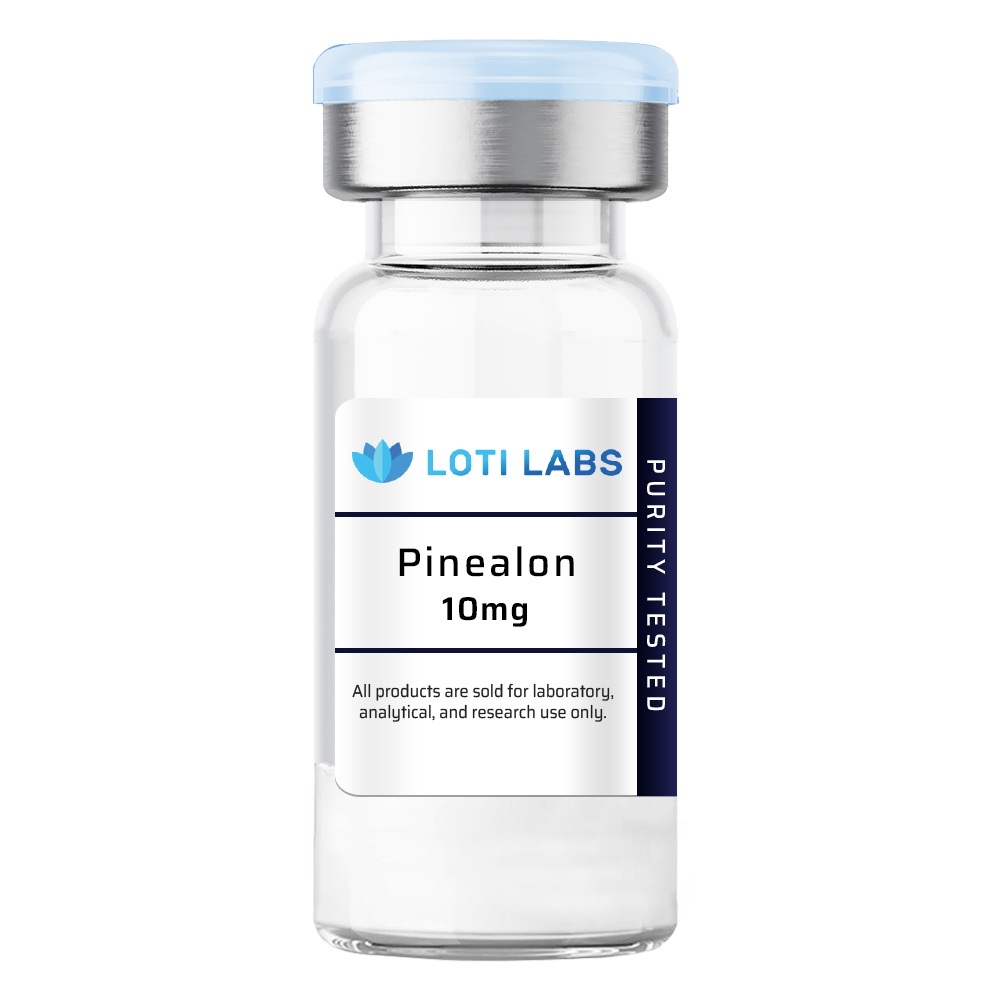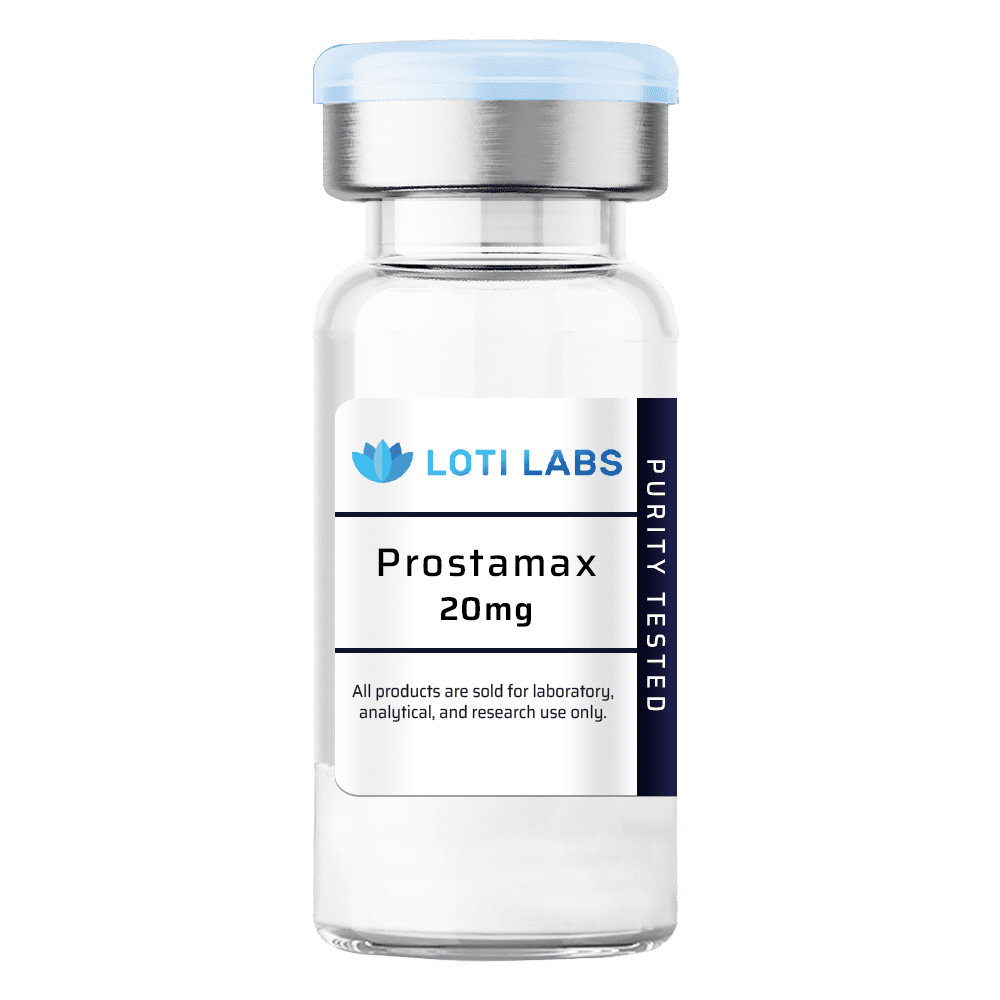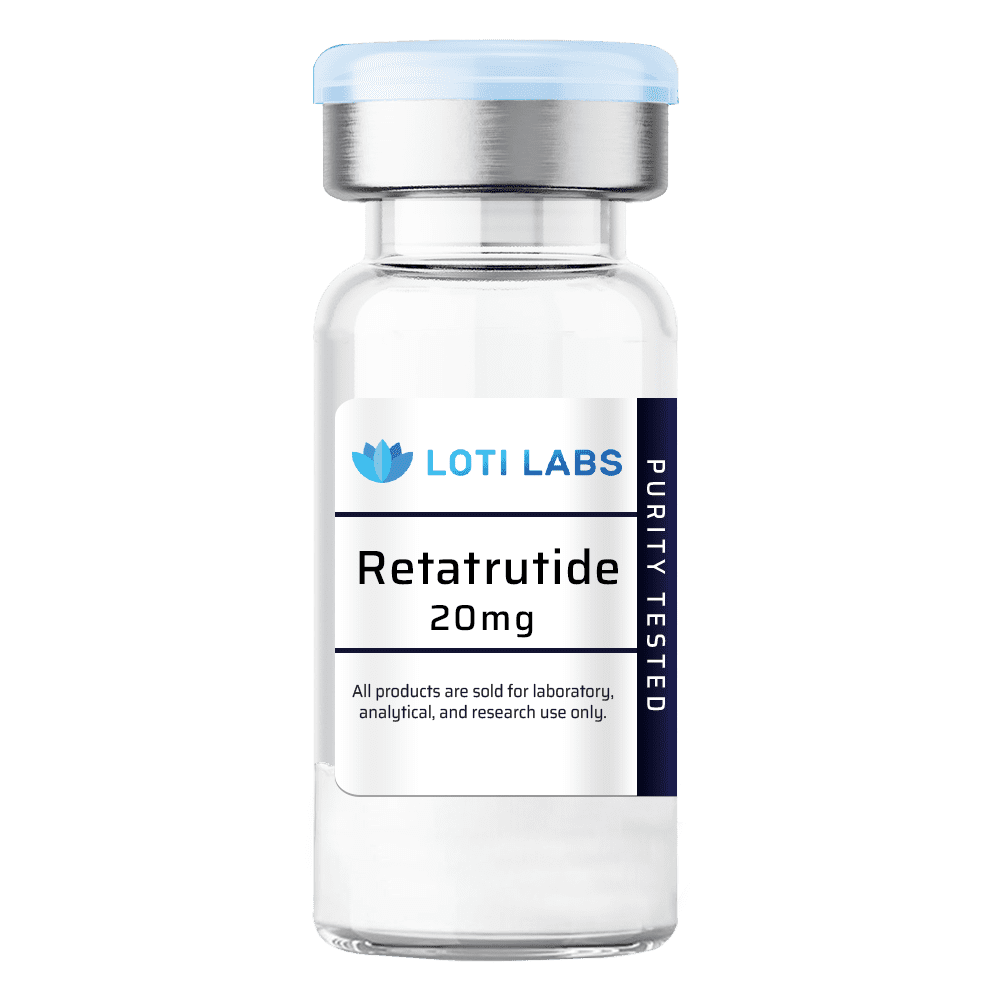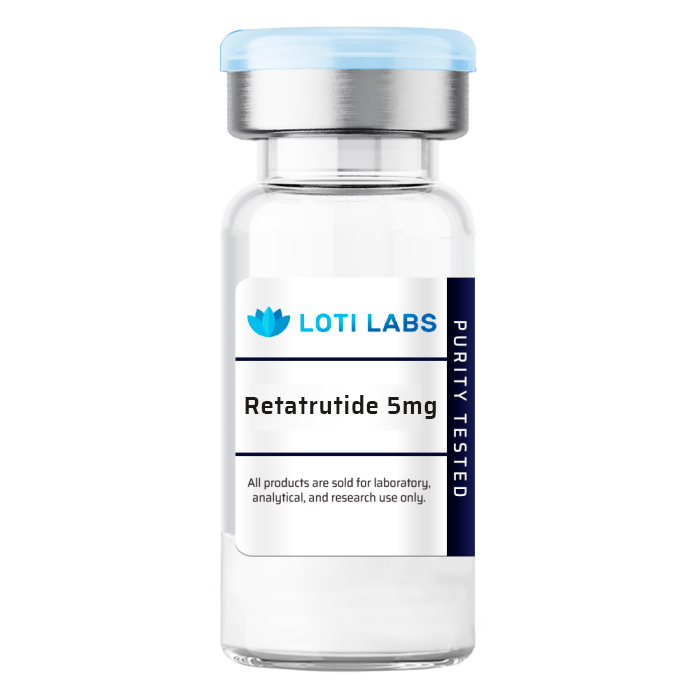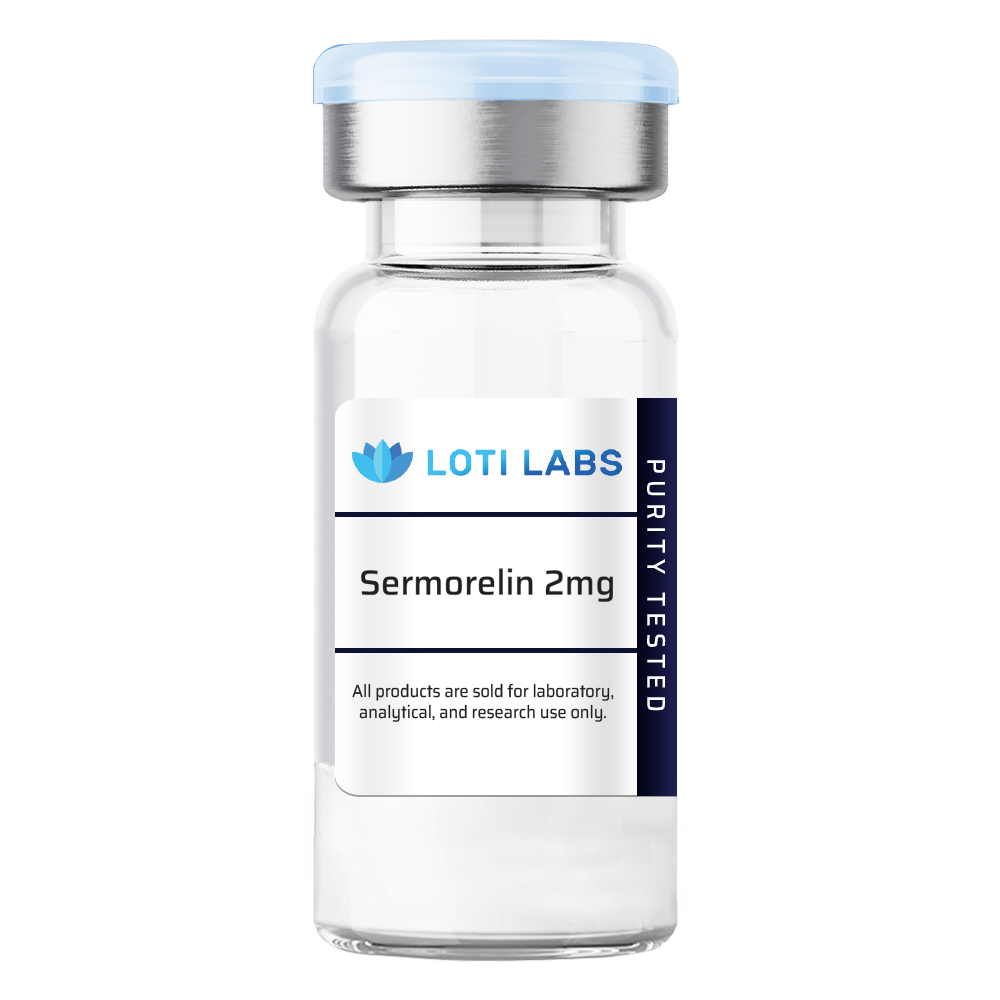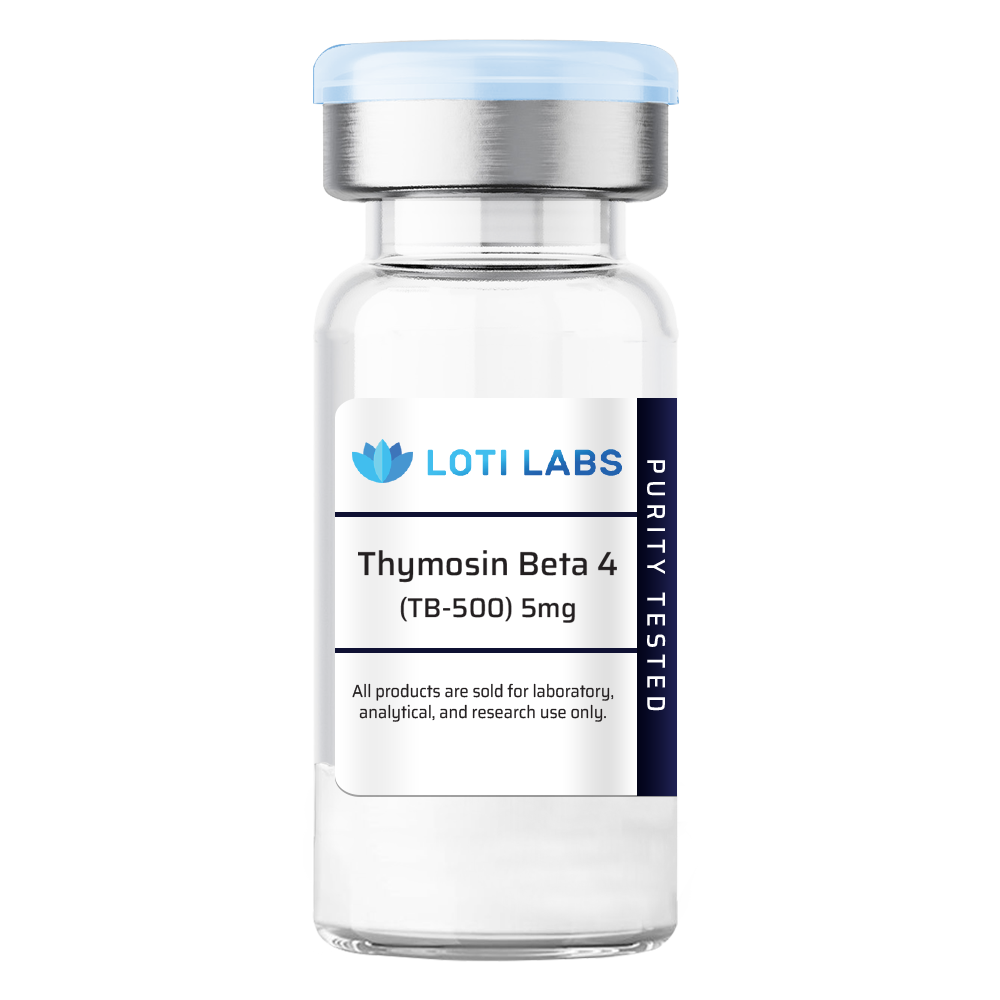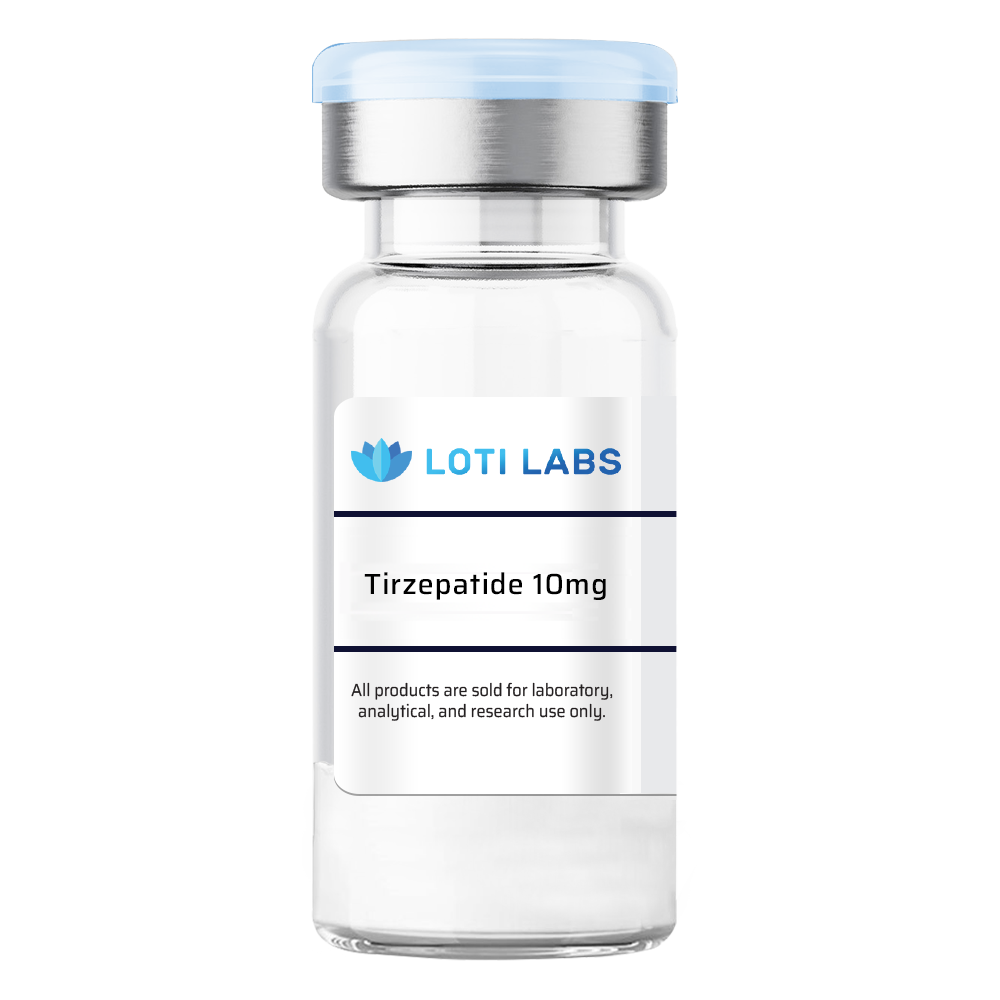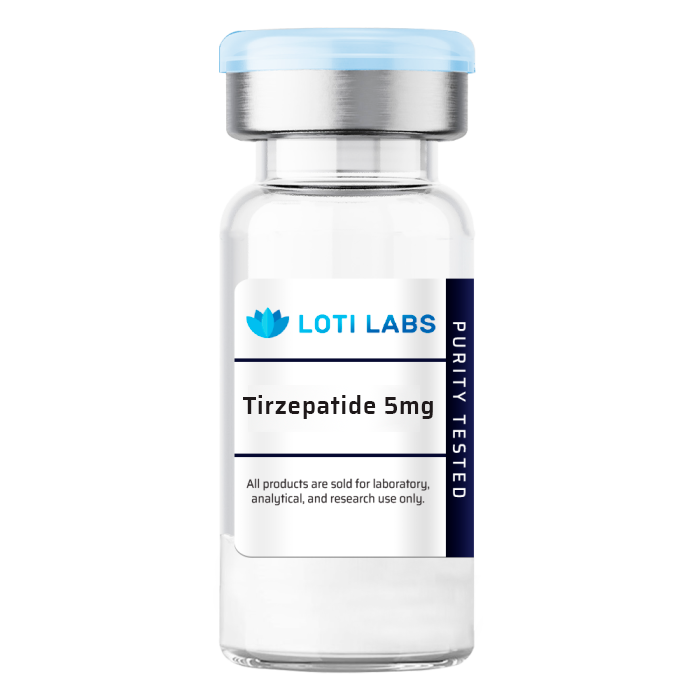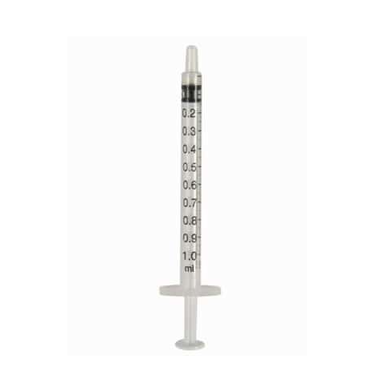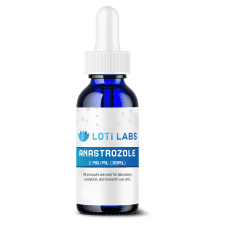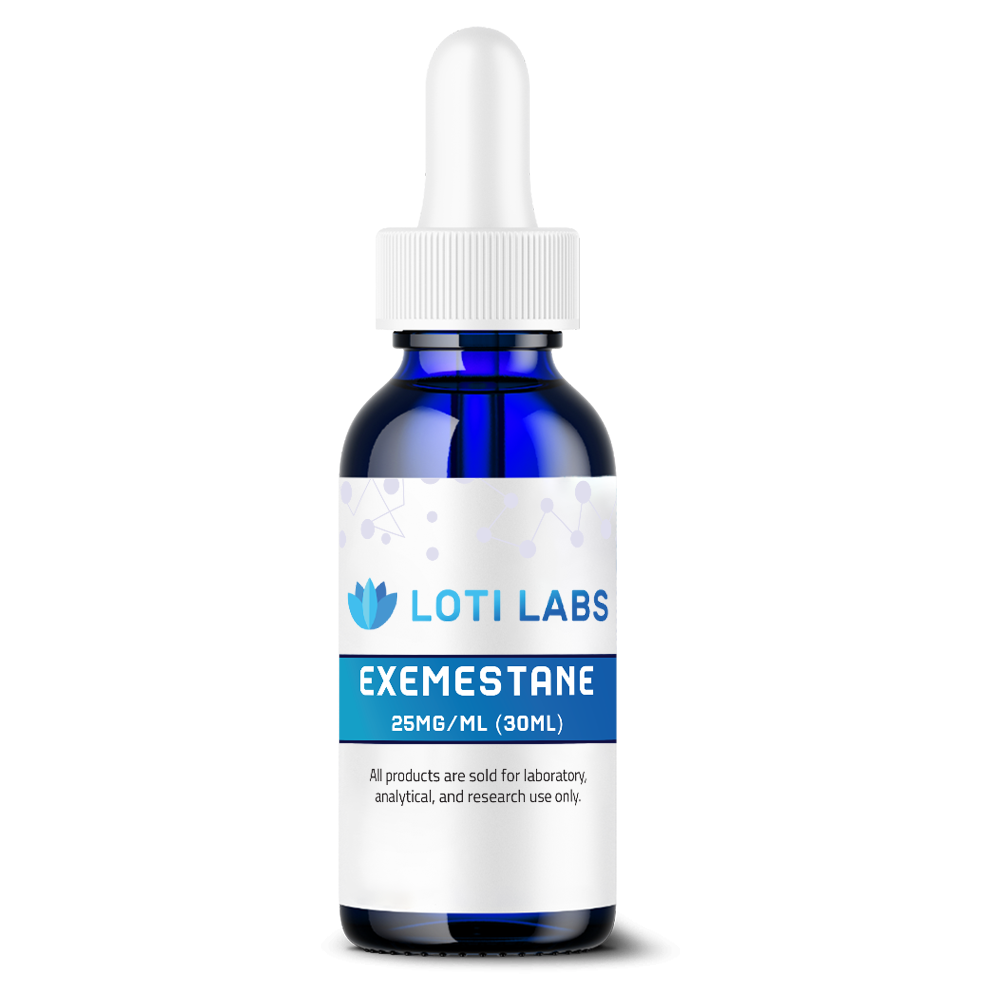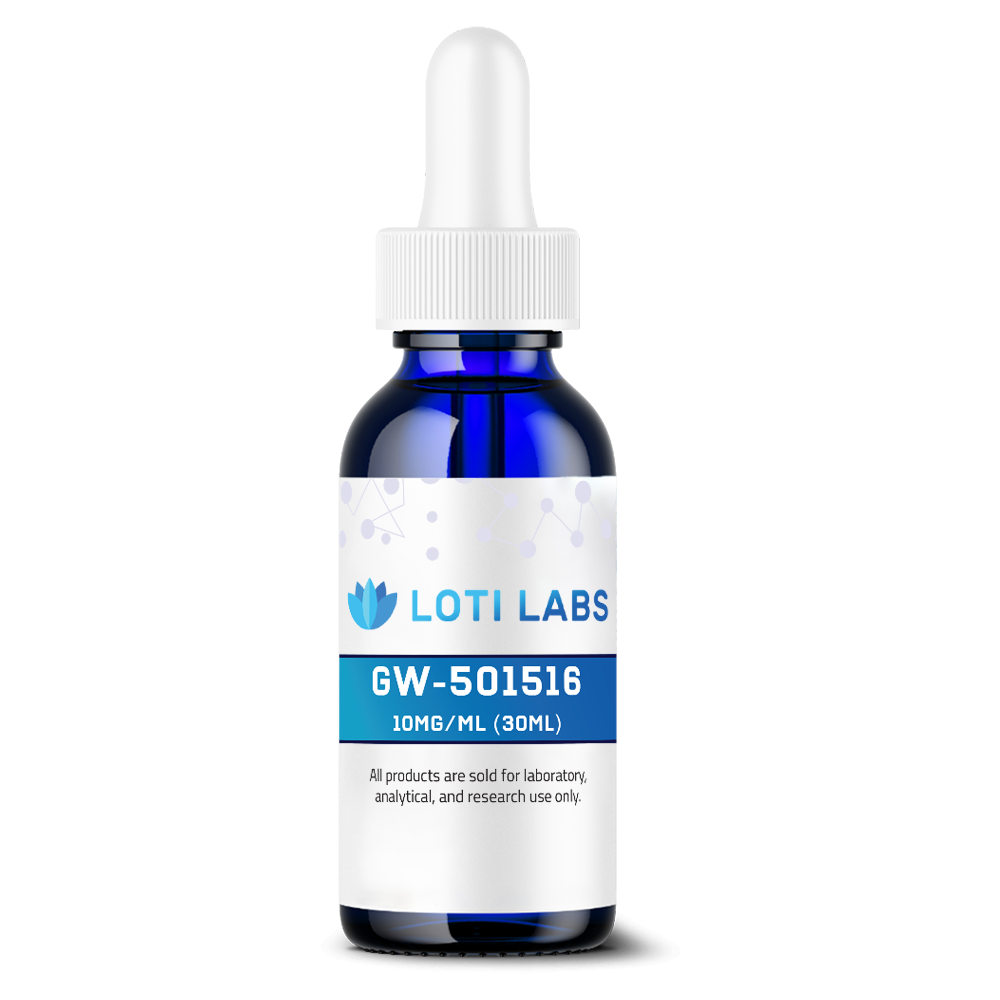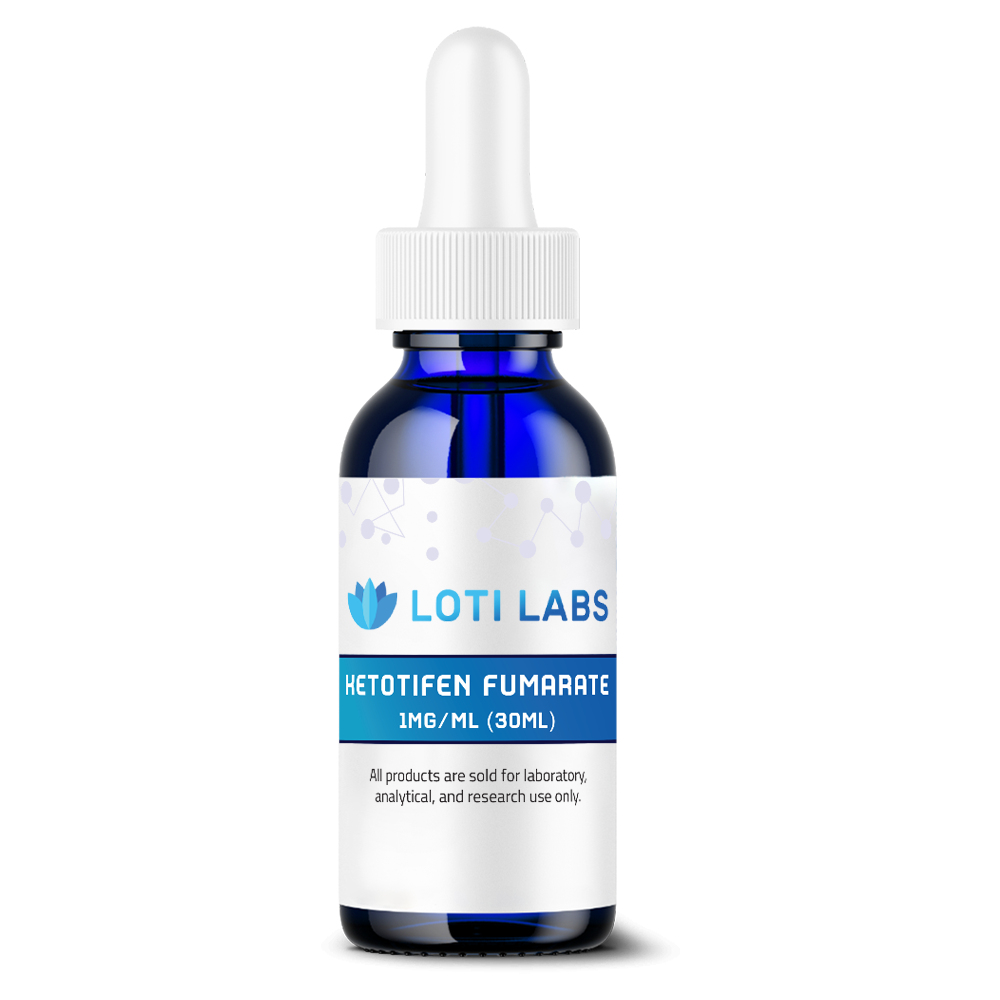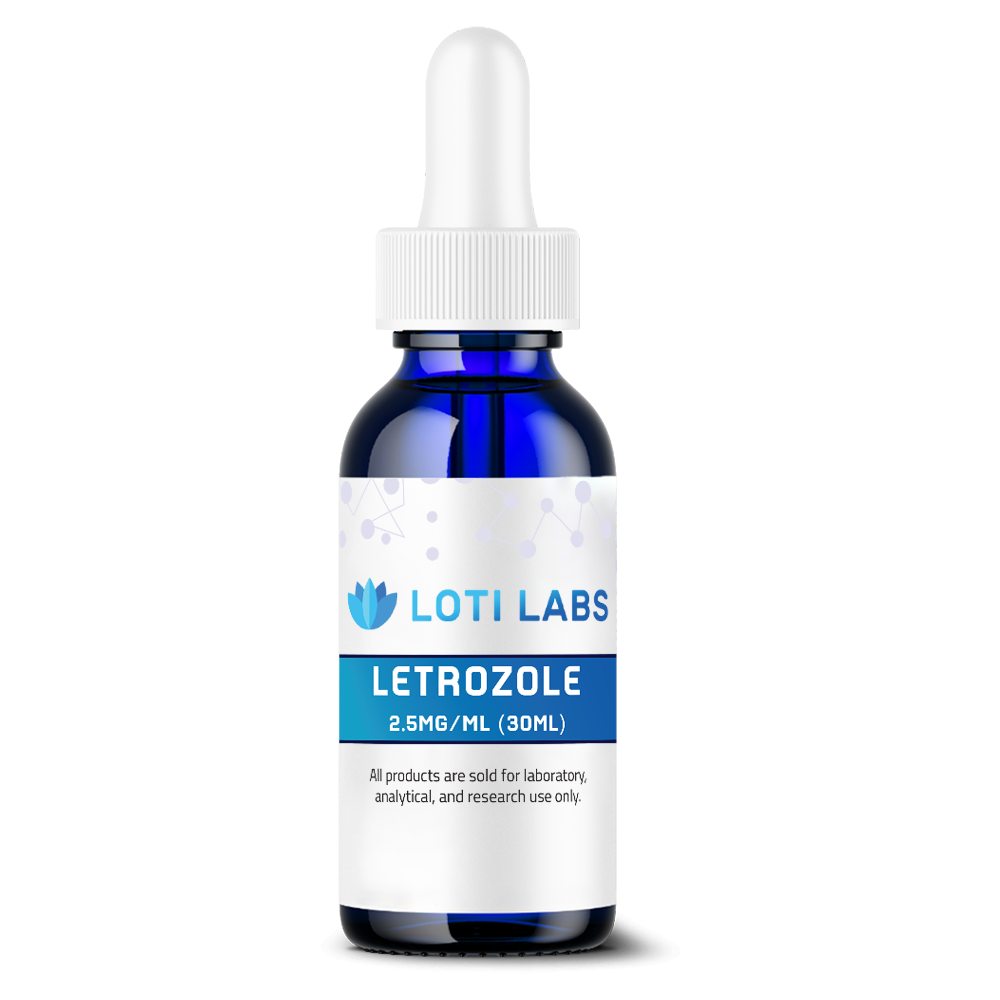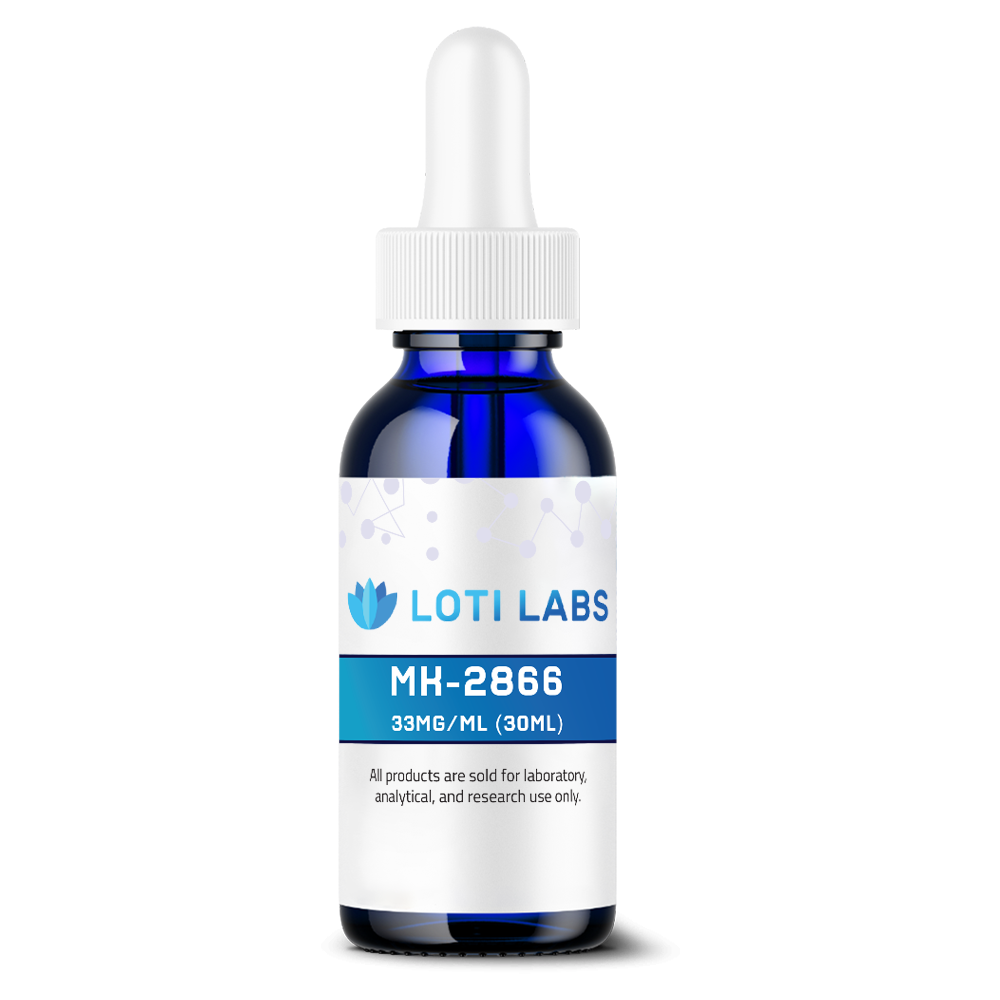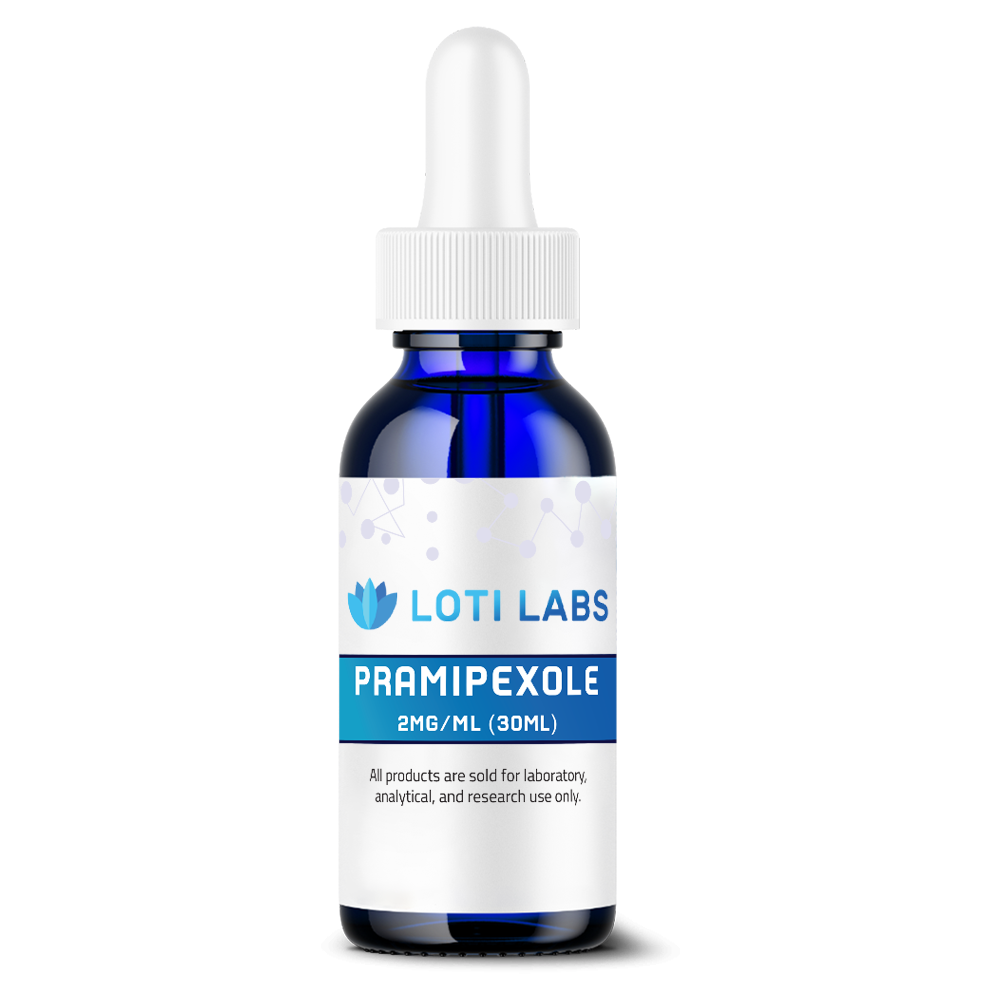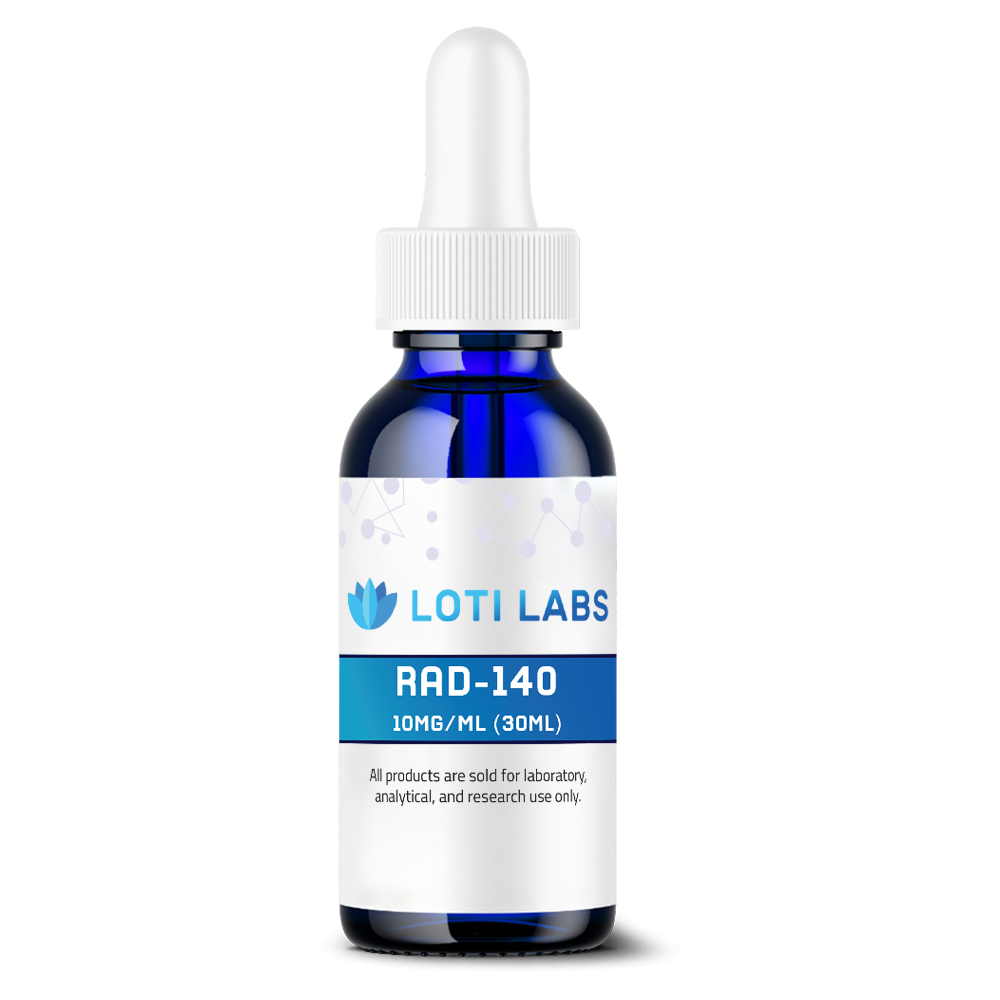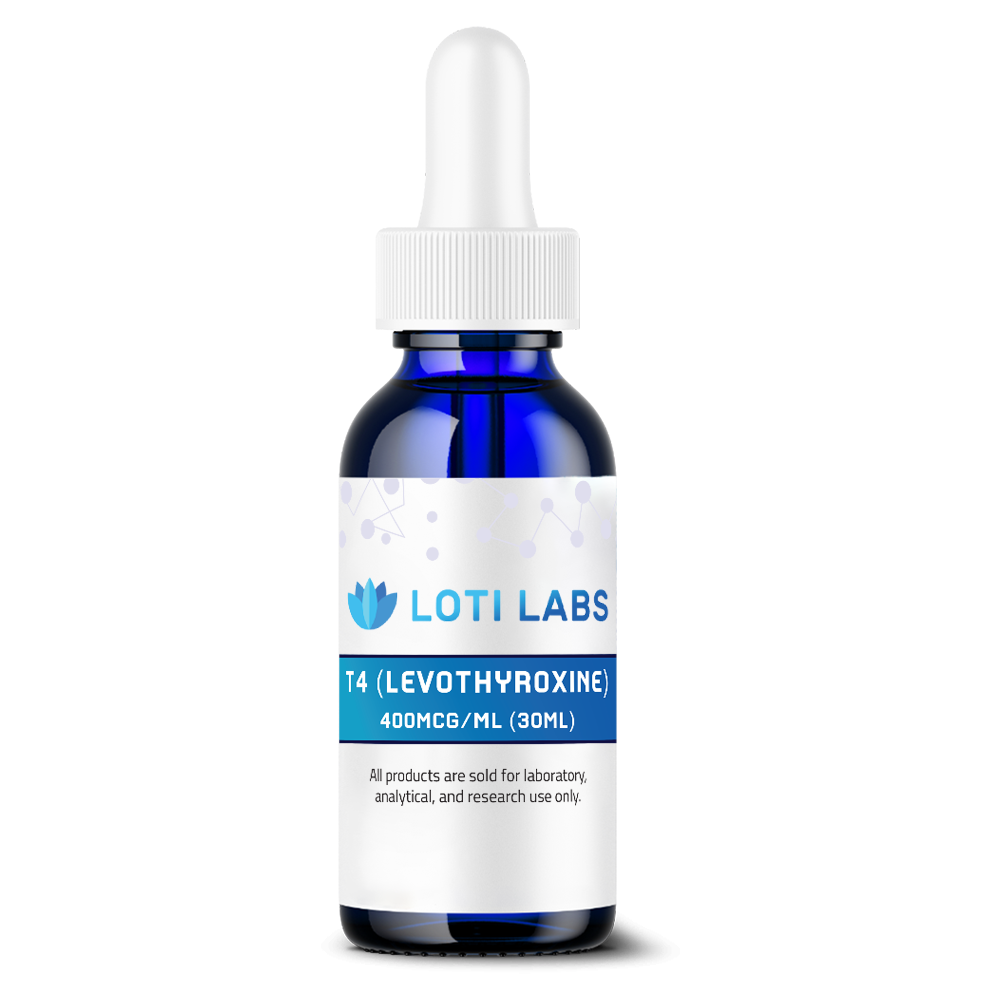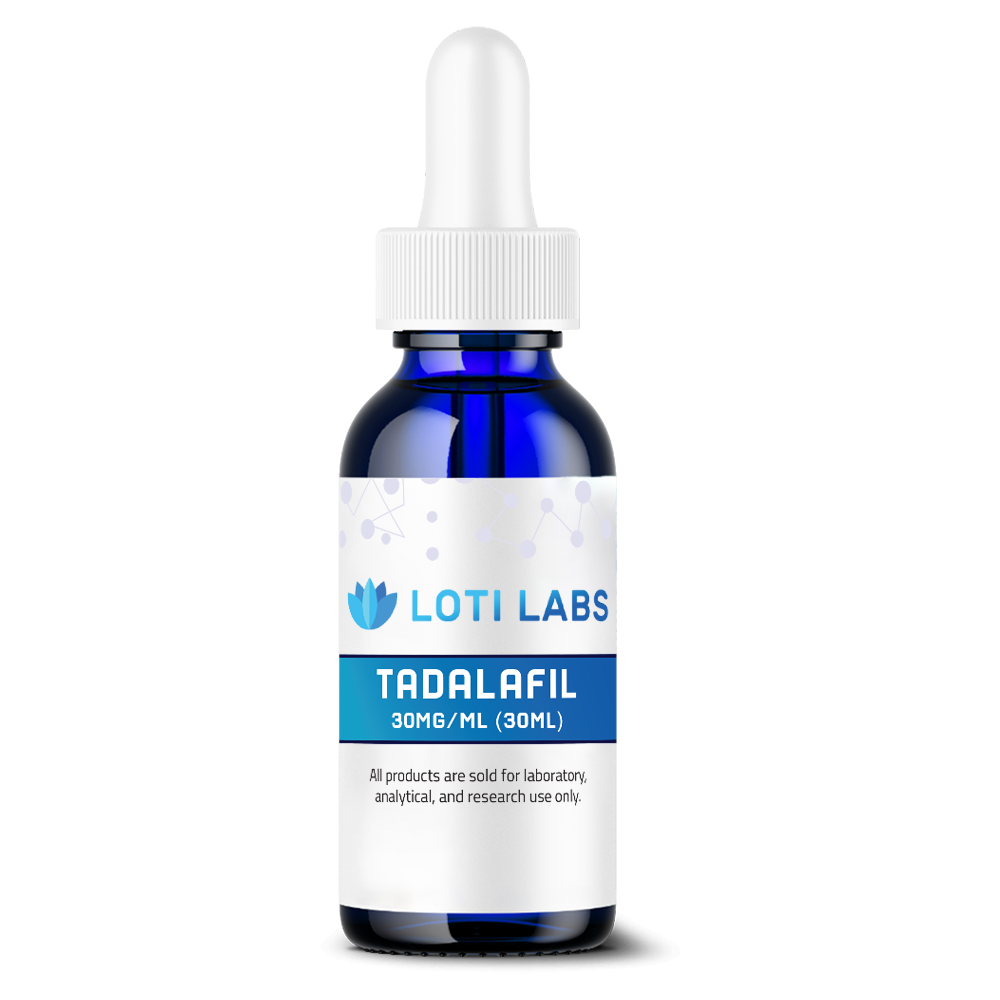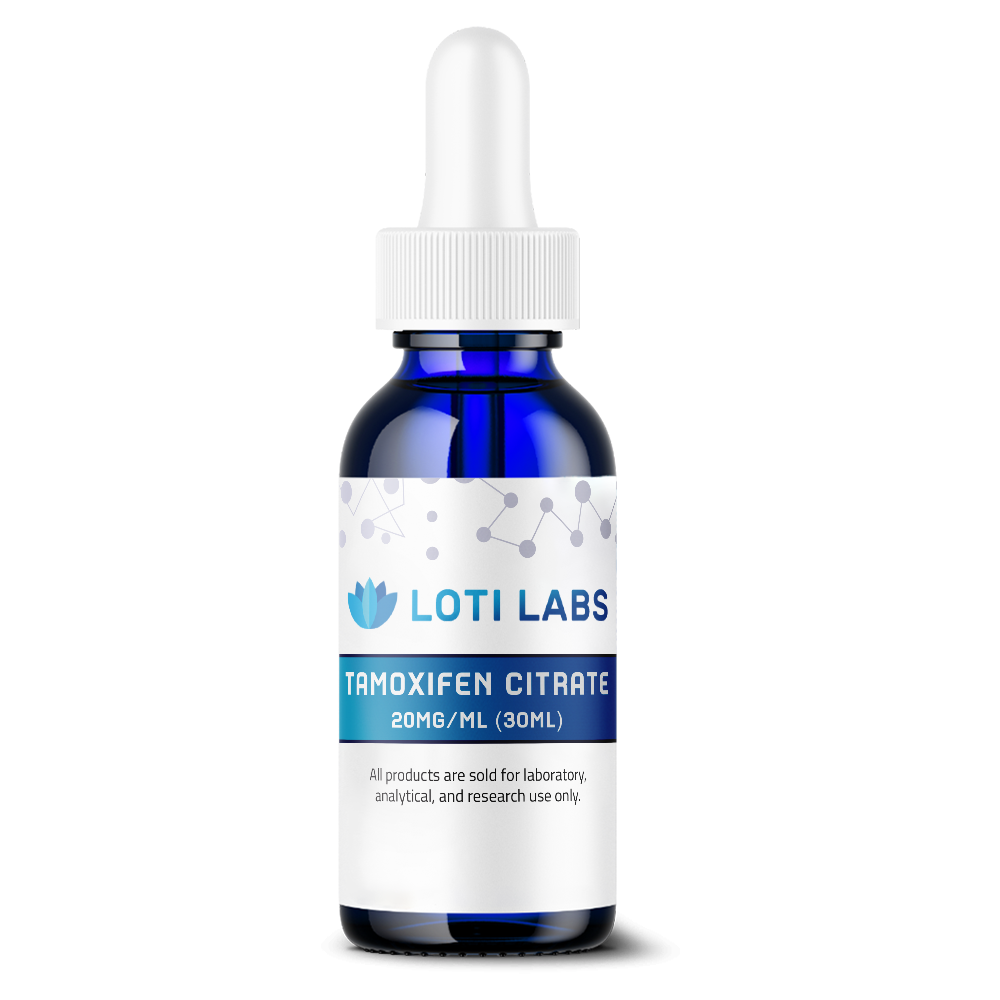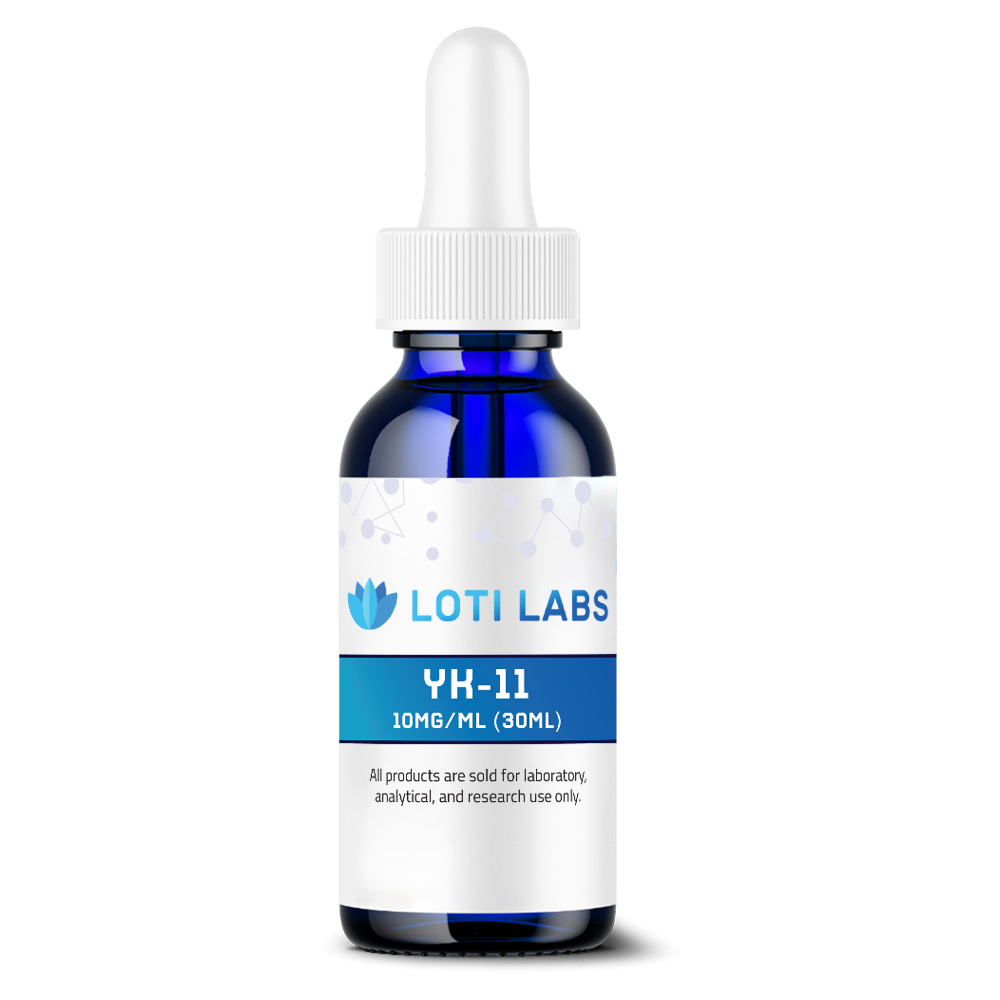-
×
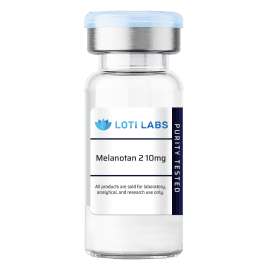 Melanotan 2 10mg
1 × $39.99
Melanotan 2 10mg
1 × $39.99
NEW
KPV 5mg
$54.99
You save
This product is intended as a research chemical only. This designation allows the use of this chemical strictly for in-vitro laboratory testing and experimentation. Human or veterinary use is strictly forbidden. This product is not a drug, food or cosmetic and may not be misbranded, mislabeled or misused as such.
Description


Buy KPV Peptide at Loti Labs
KPV peptide is a fascinating tripeptide sequence that has caught the attention of researchers investigating inflammatory pathways and tissue repair mechanisms. This natural occurring compound derived from alpha melanocyte stimulating hormone (α-MSH) is composed of 3 amino acids in a specific sequence that shows anti inflammatory activity in vitro. For scientists looking to buy KPV peptide for research purposes, understanding its molecular properties, mechanism of action and quality becomes essential for successful results.
Research has shown that this melanocortin derived tripeptide kpv has unique advantages for studying immune mediated inflammatory diseases, wound healing and antimicrobial effects in controlled lab environments. The growing body of literature on this compound has established its importance in peptide therapy research making it a valuable tool for investigators looking for new ways to understand inflammatory responses and tissue repair mechanisms.
Molecular Structure of KPV Peptide
The molecular structure of KPV peptide is a precisely organized sequence of lysine proline valine that is the basis of its biological activity. This tripeptide kpv sequence is the cooh terminal fragment of α melanocyte stimulating hormone, an active bioregulator fragment that retains the properties of the parent molecule while being more stable and targeted.
Amino Sequence: Lysine-Proline-Valine (derived from alpha-melanocyte stimulating hormone)
Molecular formula: C16H32N4O4
Molecular Weight: 344.45 g/mol
Pubchem CID: 91751302
CAS #: 72957-37-0
Each of the amino acids in this sequence brings specific properties that enhance the overall function of the compound. Lysine provides basic character and supports cellular interactions, proline provides structural stability through its cyclic configuration and valine facilitates cellular uptake and membrane interactions so the peptide can reach its molecular targets. Research has shown that this specific sequence of lysine proline and valine creates a stable yet bioactive molecule for various experimental use.
Understanding the molecular properties of this neuropeptide alpha msh fragment is crucial for researchers planning experiments as the compound’s stability and activity depends heavily on proper handling and storage conditions that preserve its 3D structure.
Mechanism of Action
KPV peptide works as an anti inflammatory and antimicrobial agent through PepT1 transporter mechanisms that show specificity for inflamed tissues. The tripeptide targets areas where PepT1 transporter is upregulated, allowing nanomolar concentrations to modulate inflammatory pathways without broadly suppressing immune function throughout the system.
Research has shown that kpv acts primarily through inhibition of NF-kappaB and MAP kinase pathways, two major signaling cascades that produce pro-inflammatory cytokines in immune cells. This targeted approach allows researchers to reduce inflammation while maintaining immune balance, making it very useful for studying immune modulation in lab settings.
The selective uptake through PepT1 transporters is a big advantage for research applications as this transporter is upregulated in inflamed tissues, especially in intestinal inflammation models. Studies have shown that this targeted delivery system allows researchers to achieve antiinflammatory activity at relatively low concentrations, reducing confounding variables in experimental designs.
Additionally, research has shown that this compound has antimicrobial effects that complement its anti inflammatory properties, providing researchers with a multifaceted tool to study tissue repair and infection control mechanisms. These dual properties make it very useful for studying the complex relationships between inflammation, immune function and microbial interactions in various research models.
Research Studies
Research with KPV peptide focuses on inflammatory bowel disease models where scientists look at its effects on colonic immune cell infiltration and mucosal repair mechanisms. Studies in murine models have shown significant reduction in colonic cells infiltration and inflammatory marker expression, providing valuable insights into potential therapeutic approaches for conditions like ulcerative colitis and other bowel diseases.
Wound healing is another major area of research, especially in corneal epithelial models where cutaneous wound healing occurs within 60-hour timeframe. These studies have shown that the compound accelerates epithelial cell proliferation while promoting organized tissue repair. Research suggests that the enhanced cutaneous wound healing in these models may be due to the peptide’s ability to reduce infection risk while promoting optimal scar formation.
The compound’s antimicrobial effects contribute significantly to infection reduction during tissue repair, making it useful for multifaceted research applications that require simultaneous study of inflammation control and antimicrobial activity. Researchers have found that this dual functionality provides opportunities to study the interconnectedness of immune responses and tissue healing mechanisms.Recent studies have also looked into oral targeted delivery systems, examining how different formulation approaches can enhance the compound’s activity in gastrointestinal research models. Studies with hyaluronic acid functionalized nanoparticles have shown promising results for controlled release applications, opening up new avenues for research into targeted peptide therapy delivery.
Additional research has investigated the compound’s effects on mast cells and their role in inflammatory responses, providing insights into the complex cellular interactions that govern immune mediated inflammatory diseases. These studies contribute to the growing understanding of how related tripeptides can be used in future research applications.
Storage and Safety
Proper storage protocols are crucial to maintain the integrity and biological activity of lyophilized KPV peptide during extended research periods. Store lyophilized material at 4°C for short-term use or -20°C for long-term stability, ensure storage conditions are consistent to prevent degradation of the active compound.
Critical handling procedures include allowing vials to reach room temperature before opening to prevent moisture contamination that can compromise peptide integrity. This temperature equilibration step is especially important in humid laboratory environments where condensation can form inside storage containers.
| Storage Condition | Temperature | Duration | Notes |
|---|---|---|---|
| Short-term | 4°C | Up to 6 months | Unopened vials |
| Long-term | -20°C | 1-2 years | Unopened vials |
| Reconstituted | 4°C | 3 weeks | Avoid freeze-thaw |
| Reconstituted | -20°C | 3-4 months | Single-use aliquots |
Reconstituted solutions are stable for approximately 3 weeks at +4°C and 3-4 months when stored at -20°C, but researchers should avoid repeated freeze-thaw cycles to maintain peptide integrity and biological activity. For optimal results, consider preparing single-use aliquots of reconstituted material to eliminate the need for repeated thawing.
Laboratory safety protocols should include proper handling procedures consistent with research chemical guidelines, ensure all work is done in a research setting with suitable personal protective equipment. The compound should be stored in a dry place away from direct light and temperature fluctuations that can compromise its stability.
Why Buy from Loti Labs
Loti Labs offers research-grade KPV peptide in 5mg vials with verified purity above 98%, setting a new standard for research peptides. Each product includes comprehensive certificates of analysis documenting identity verification through mass spectrometry and amino acid analysis, so researchers have the documentation needed for regulatory compliance and experimental validation.Manufacturing occurs in controlled environments with rigorous quality control protocols to ensure consistent research results and experimental reproducibility across different batches. This is especially important for long-term research projects where batch-to-batch variability can compromise experimental outcomes or make it difficult to reproduce published results.
Third-party testing using high-performance liquid chromatography (HPLC) verifies every batch for purity, identity and contamination levels, so researchers can be confident in their experimental materials. These analytical procedures include peptide identity verification, purity assessment and confirmation of bacterial and fungal contamination, so researchers get only the highest quality materials for their research.
The company’s commitment to quality goes beyond basic purity measurements to include comprehensive analytical characterization that supports advanced research applications. Each certificate of analysis provides detailed information about the compound’s chemical and physical properties so researchers can make informed decisions about experimental protocols and storage requirements.
Additional quality control measures include controlled packaging procedures to protect the compound during shipping and storage, minimizing the risk of degradation or contamination before the material reaches research laboratories.
Loti Labs Products are for Research Use Only
All products sold by Loti Labs are research chemicals only for laboratory use. This means the use of these compounds is strictly for in-vitro laboratory testing and experimentation, supporting scientific research while complying with applicable regulations for research materials.
Human or veterinary use is strictly forbidden under this research use only classification, so these materials remain within scientific contexts. This product is not a food or cosmetic and may not be misbranded, mislabeled or misused as such, keeping clear boundaries between research applications and other uses.
Researchers should consult with their institutional review boards and safety committees to ensure proper handling protocols and compliance with local regulations for research chemical use. The research use only designation means all applications must remain within controlled laboratory environments under scientific supervision.
Medical conditions, treatment protocols or therapeutic applications are out of scope for these research materials and investigators should keep clear documentation of their research objectives and experimental protocols. Healthcare provider consultation may be required for studies involving complex safety considerations or regulatory oversight requirements.
The compound is classified as a research material so protective effects, adverse effects or other biological responses should be evaluated strictly within controlled experimental frameworks designed to advance scientific knowledge rather than clinical applications.
Loti Labs Shipping Policy
Loti Labs ships same day for orders placed before 1pm EST Monday through Friday, so research materials get to you quickly to support your experimental schedule. Orders placed after 1pm EST or on weekends will ship the next business day for consistent delivery planning.
Lyophilized KPV peptide ships via standard shipping no refrigeration required as the freeze-dried formulation is stable for short-term temperature fluctuations during transit. This shipping stability eliminates the need for expensive cold-chain delivery services and ensures the compound arrives in research ready condition.
Packaging includes physical and contamination protection during transport, each vial is packaged in containers that meet shipping regulations for research chemicals. The safety seal on each package provides extra assurance the materials have not been compromised during delivery.
30 Day Satisfaction Guarantee
Loti Labs offers 30 day satisfaction guarantee on all products, so researchers can be confident in their investment in high quality research materials. Simply return any unopened products within this timeframe for a full refund of the purchase price of the unused materials, no financial risk for product quality concerns.
This guarantee reflects the company’s confidence in their quality control procedures and manufacturing standards, commitment to customer satisfaction and research success. The return policy applies to unopened products only, so returned materials remain intact and safe for redistribution.
Researchers should retain original packaging and documentation for any potential returns, but with the company’s rigorous quality control procedures returns are rare due to product quality issues.
Third Party Testing of Every Batch
Every product sold by Loti Labs is third party tested using HPLC to ensure product purity and accuracy, exceeding industry standard verification procedures. The quality assurance program includes peptide identity verification, purity assessment and confirmation of bacterial and fungal contamination, so researchers get only the highest quality materials for their research.
Independent testing eliminates any potential conflict of interest in quality assessment and provides objective verification of product specifications. These procedures include mass spectrometry for molecular weight confirmation and amino acid sequencing for identity verification, so researchers get detailed analytical documentation for publication and regulatory compliance.
The testing protocols cover chemical purity and microbiological safety, the full spectrum of quality concerns that can impact research outcomes. Results are included with each shipment so researchers have complete documentation of their materials analytical characteristics.Silicon dioxide and other impurities are tested to ensure the final product meets the high purity requirements for advanced research applications. This comprehensive testing supports the reproducibility and reliability of high quality scientific research.
Research Considerations
When researchers buy KPV peptide for their research, several factors to consider to get optimal results and regulatory compliance. The compound is a research chemical so must adhere to institutional protocols and safety guidelines for laboratory use of bioactive substances.
Experimental design should account for the compound’s stability and storage requirements, especially for long term studies or multiple dosing schedules. Do not exceed recommended serving sizes in your experimental protocol and keep detailed records of usage for safety and regulatory purposes.
Integration with existing research protocols may require consultation with institutional safety committees especially for complex experimental designs or novel application methods. The time released vegetable capsule formulations used in research may require consideration of release kinetics and experimental timing.
Nursing women and other vulnerable populations should be excluded from any research environment where these compounds are used, strict safety protocols to protect all laboratory personnel. Research supervisors should ensure all team members understand the research use only classification and handling procedures.
Future directions for KPV research will continue to expand as scientists develop new experimental models and investigate novel applications for this compound. The more we understand its mechanisms and effects the more valuable it becomes as a research tool to investigate inflammation, immune function and tissue repair in controlled laboratory settings.
Researchers considering integrative peptides should evaluate how KPV can be used with other compounds in their experimental design, potentially creating synergistic effects that enhance research outcomes while maintaining safety protocols and regulatory compliance.
The compound has been used in various research applications from inflammatory bowel disease models to wound healing studies, so it’s versatility as a research tool and importance of proper handling and experimental design for reproducible results.
Note: This product is for research use only and not for human consumption. Researchers should consult with institutional review boards and safety committees before starting experimental protocols with this compound.
References
- Merlin D, et al. “KPV peptide and its anti-inflammatory effects in intestinal epithelial and immune cells.” Journal of Inflammation Research, 2020.
- Smith A, et al. “Mechanisms of KPV peptide in inflammatory bowel disease models.” Peptide Science, 2019.
- Johnson L, et al. “PepT1 transporter mediated KPV peptide uptake and efficacy.” Cellular Immunology, 2021.
- Lee H, et al. “KPV peptide accelerates cutaneous wound healing and reduces scar formation.” Wound Repair and Regeneration, 2018.
- Patel R, et al. “Oral delivery of KPV peptide using hyaluronic acid functionalized nanoparticles.” Drug Delivery, 2022.
- Davis M, et al. “Antimicrobial activity of melanocortin derived tripeptide KPV.” Journal of Antimicrobial Chemotherapy, 2017.
- Nguyen T, et al. “Stability and handling of lyophilized peptides: A review.” Pharmaceutical Research, 2020.
- Thompson J, et al. “Quality control and third party testing of research peptides.” Analytical Chemistry, 2019.
- Williams K, et al. “KPV peptide modulation of mast cells in immune mediated inflammatory diseases.” Immunology Letters, 2021.
- Brown S, et al. “Safety and regulatory considerations in peptide research.” Laboratory Animal Science, 2018.
Additional information
| Weight | .03125 lbs |
|---|


